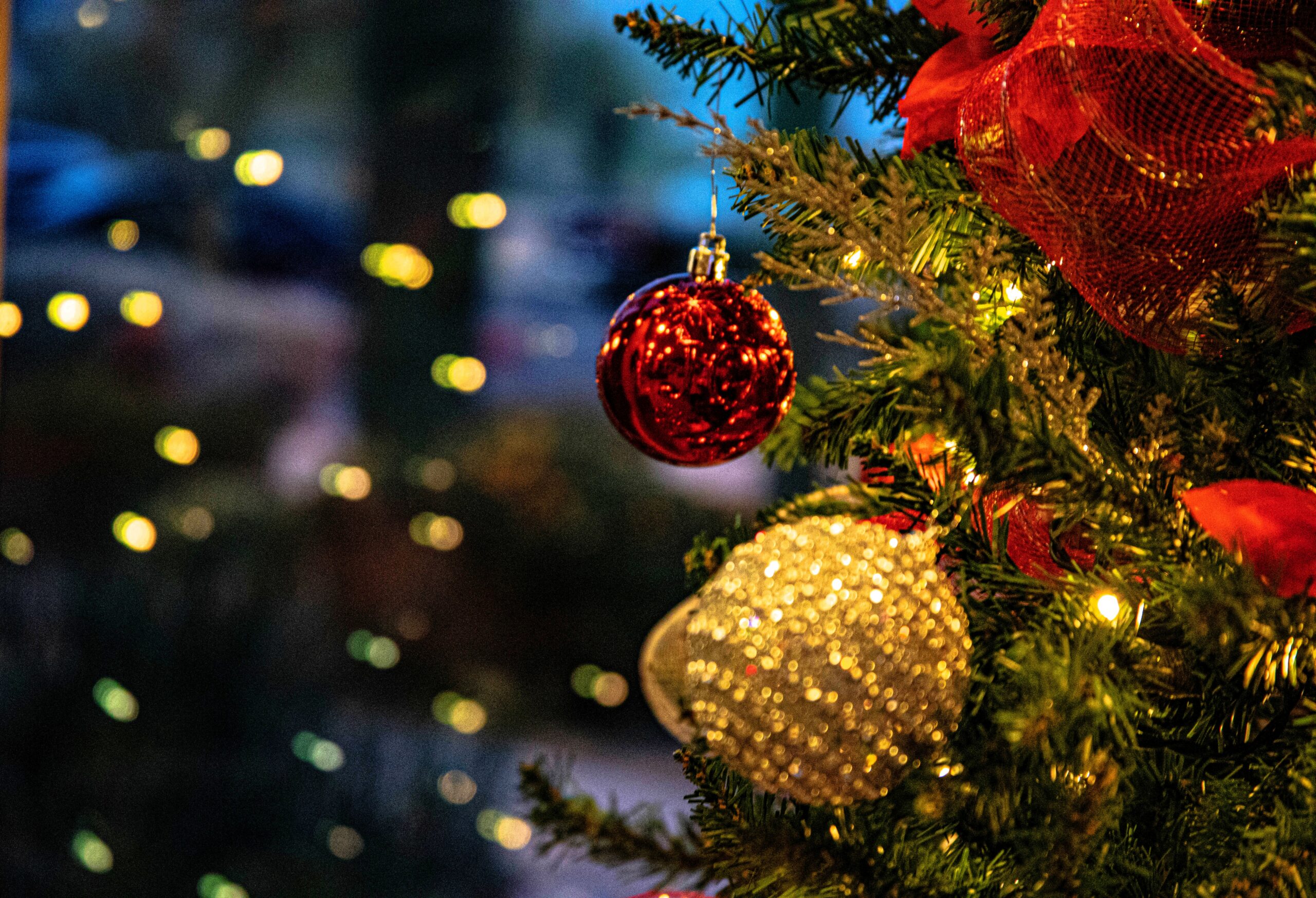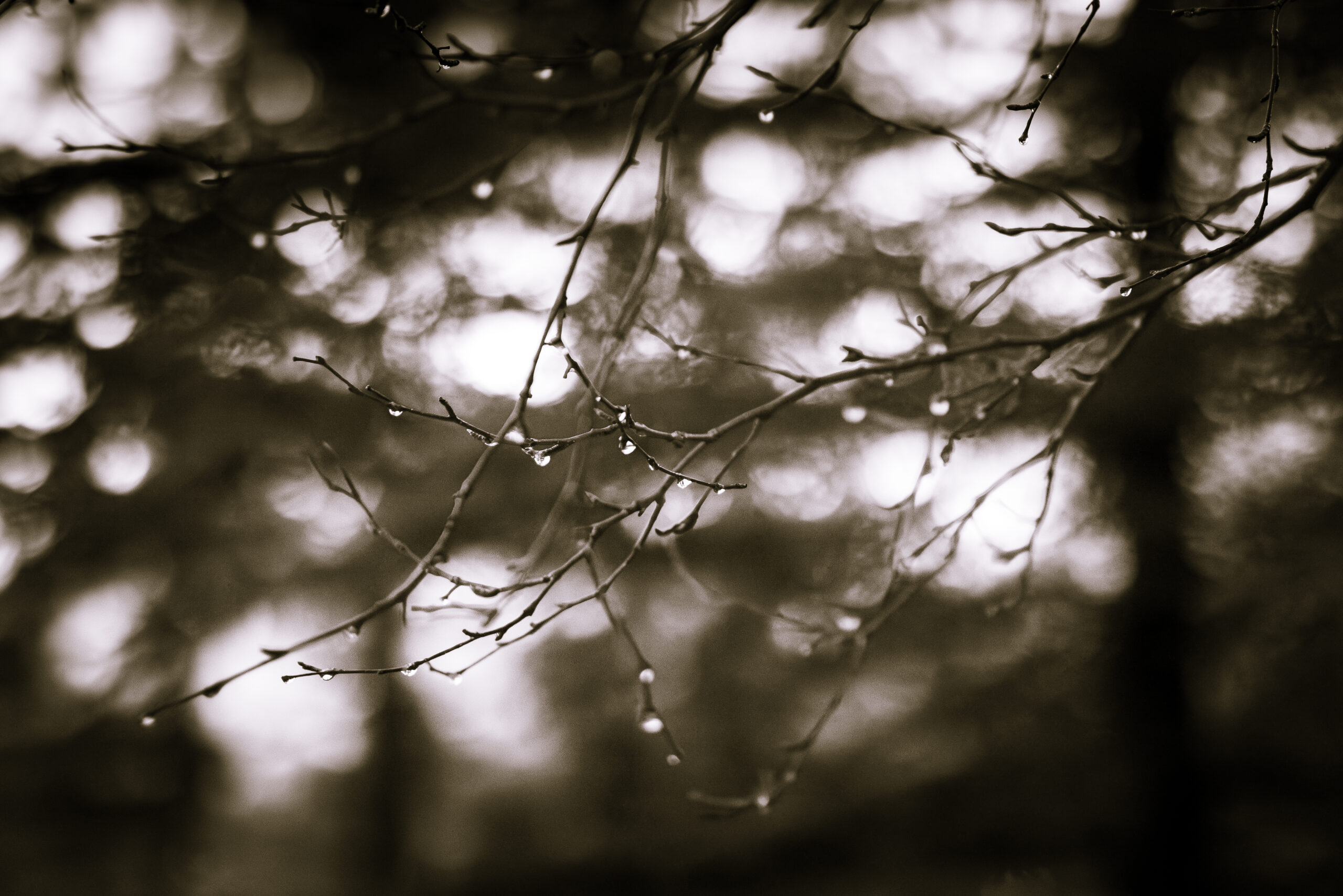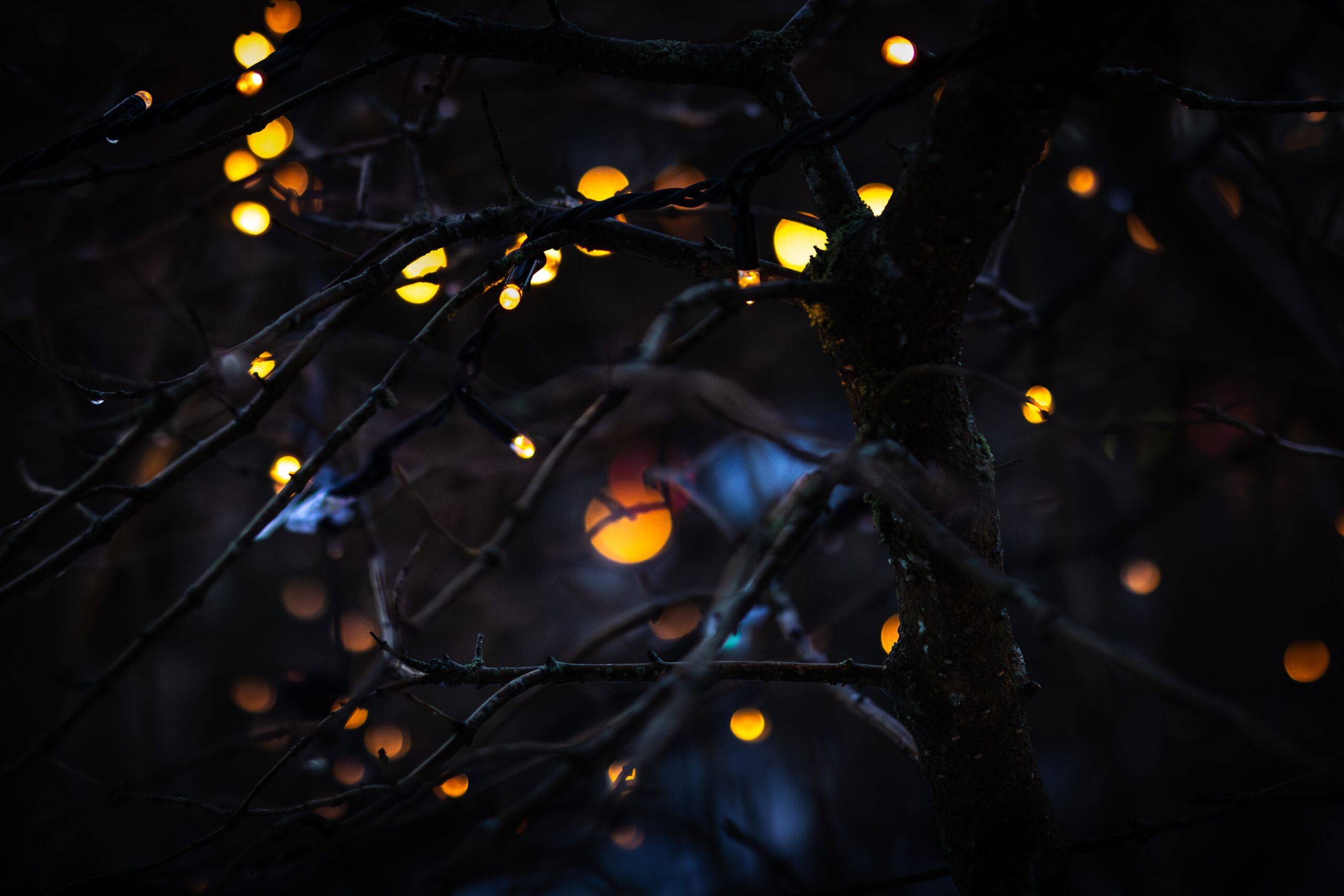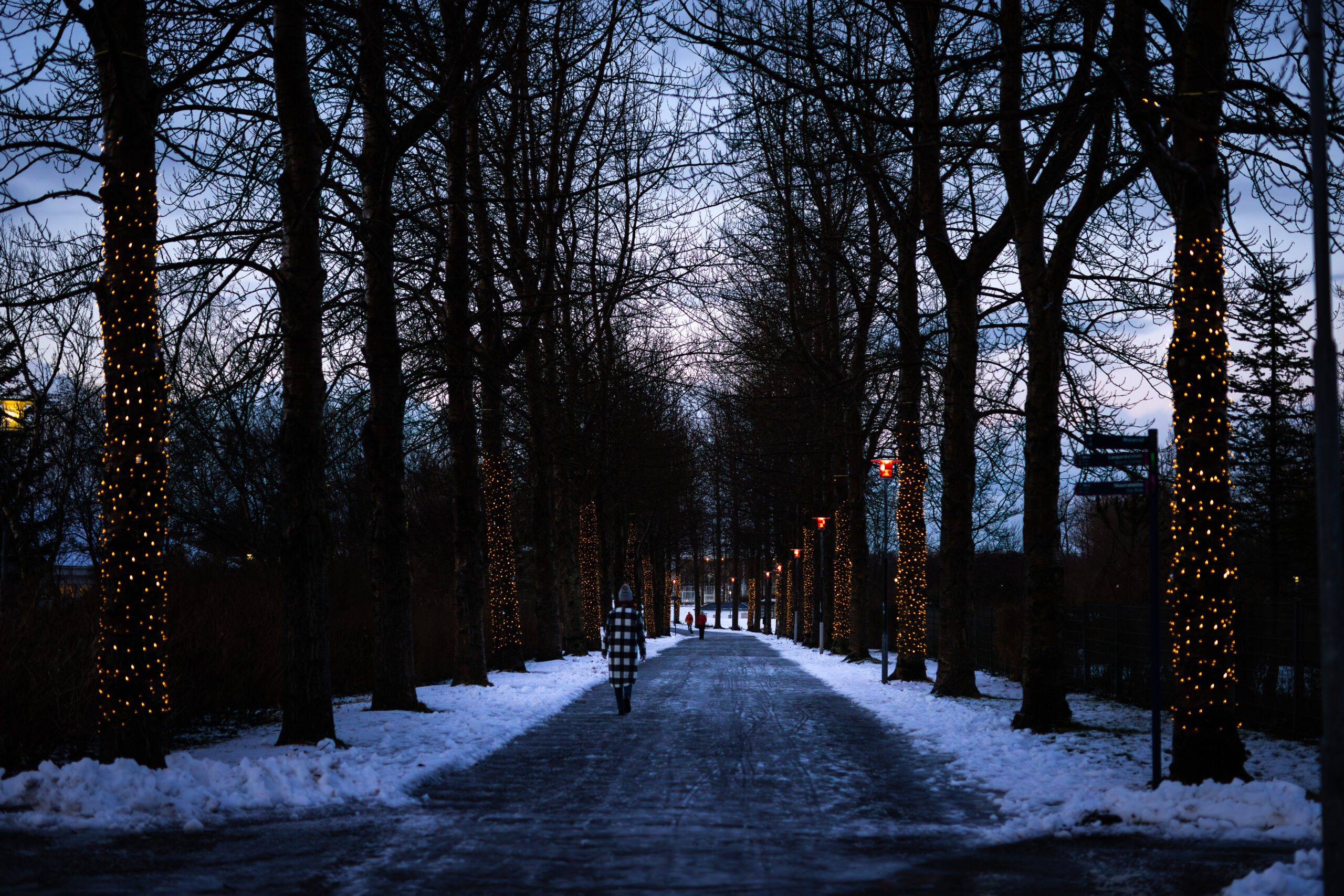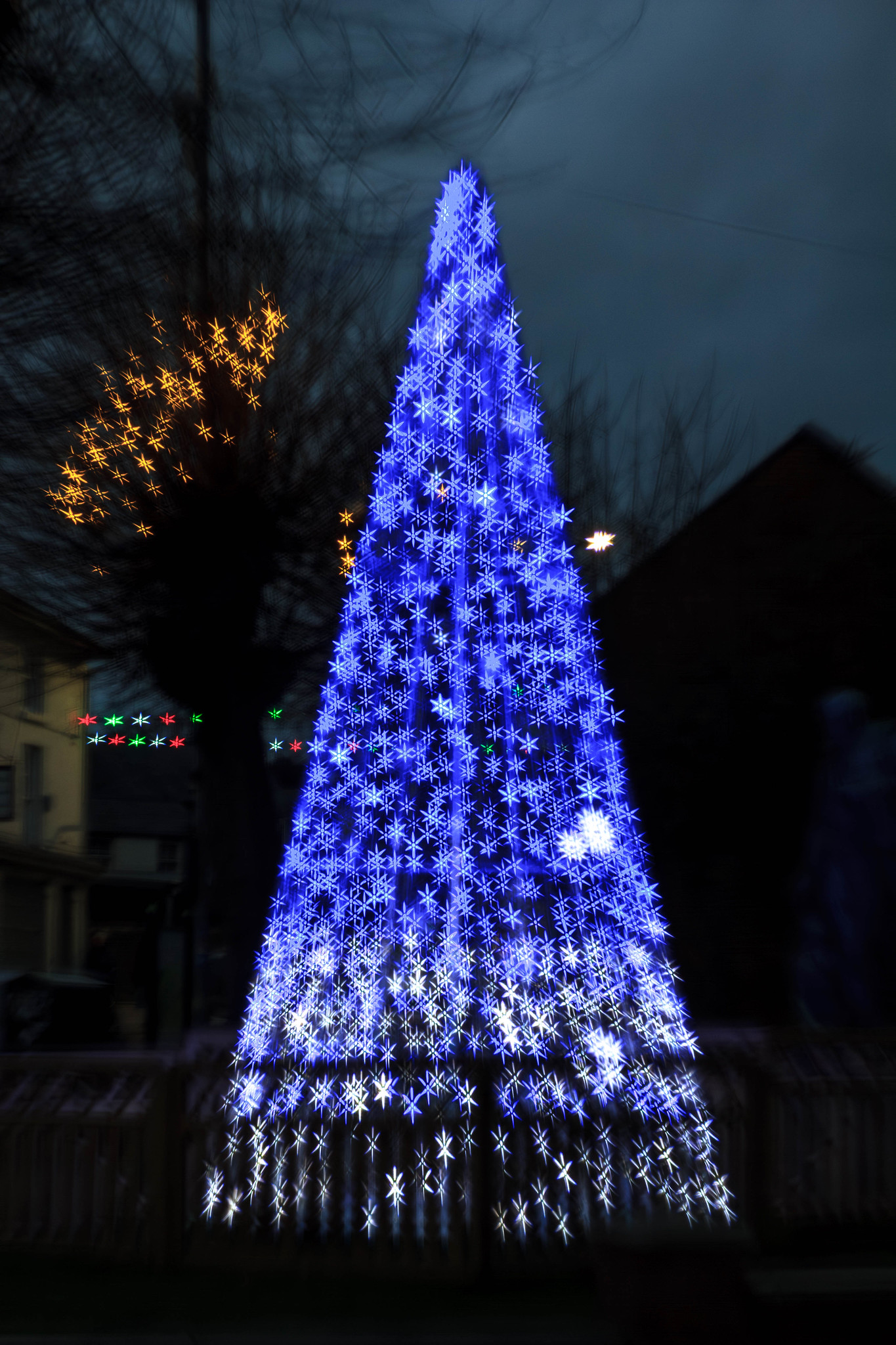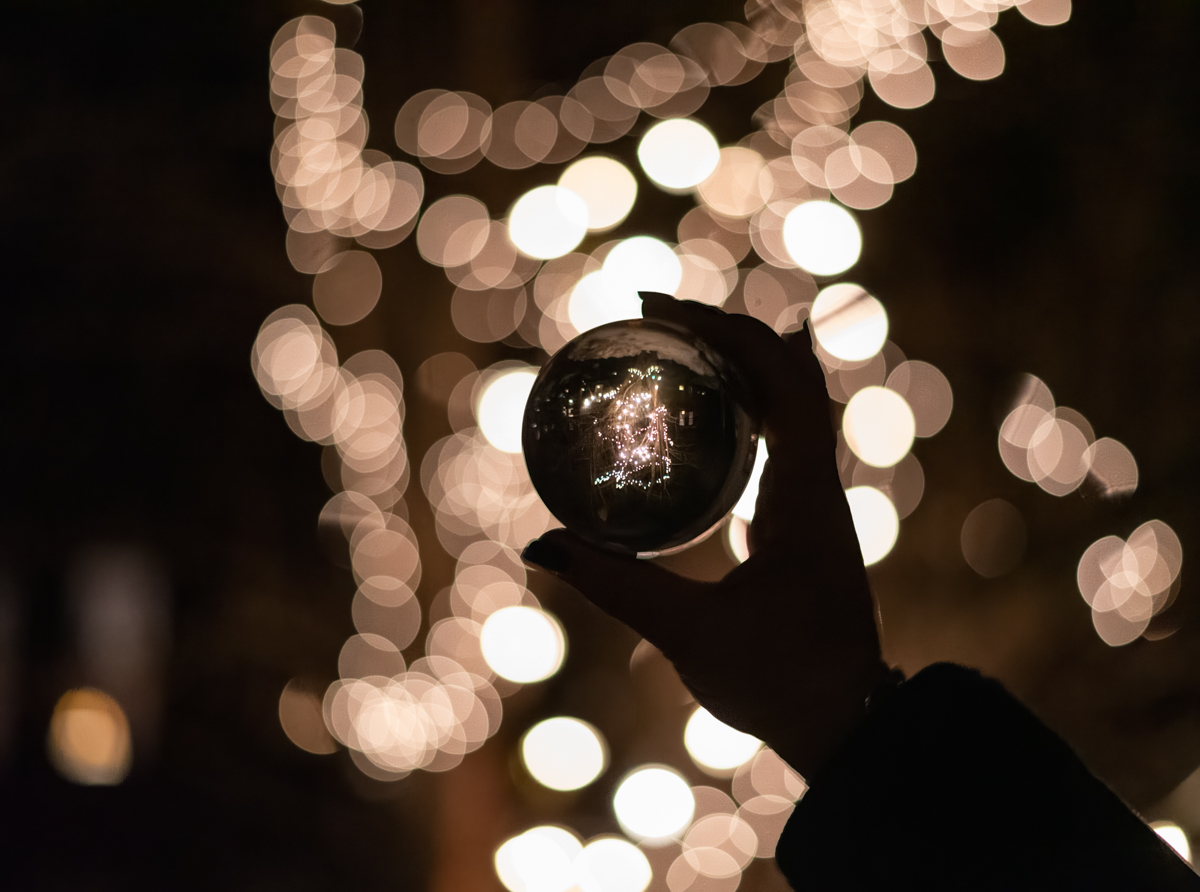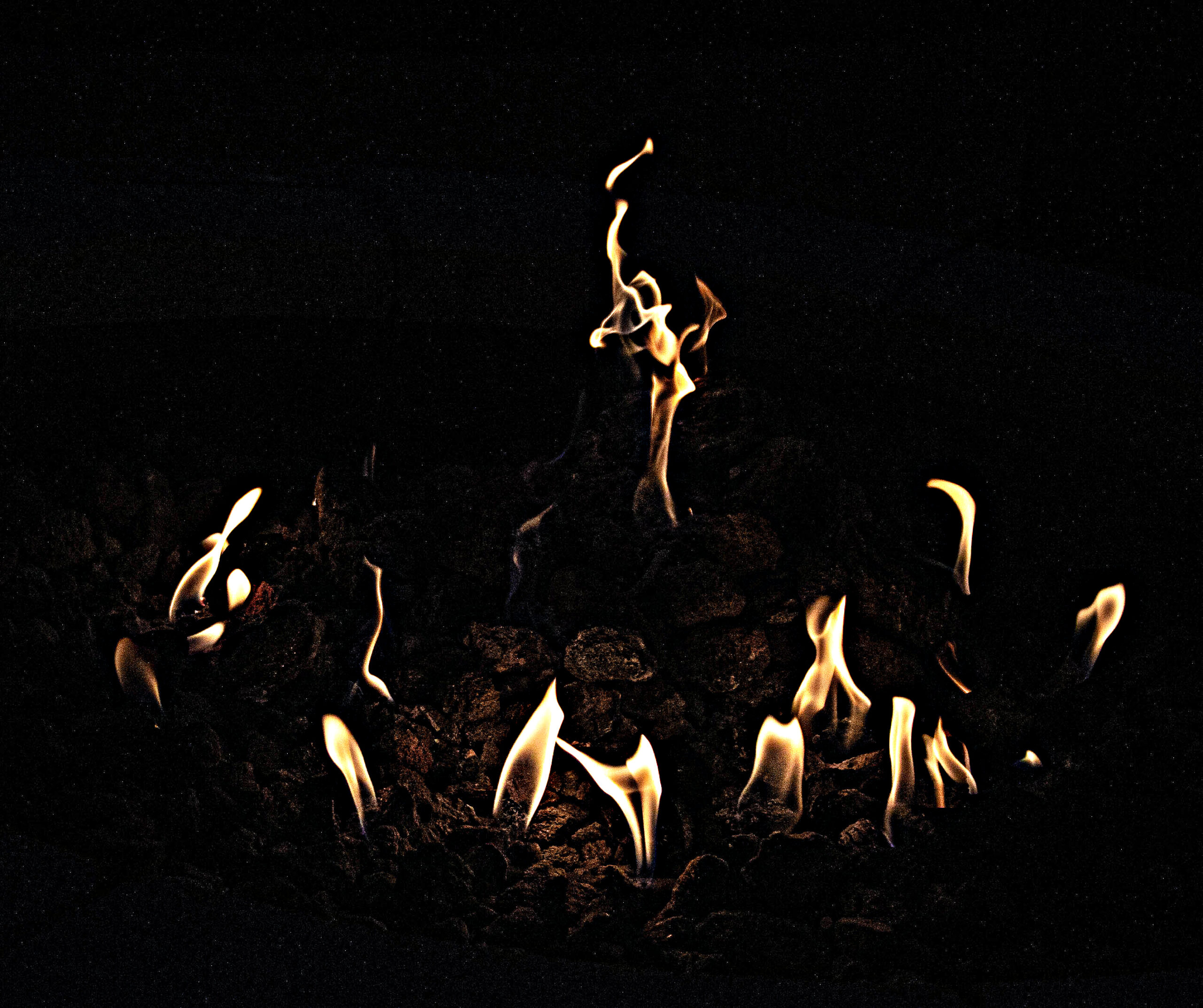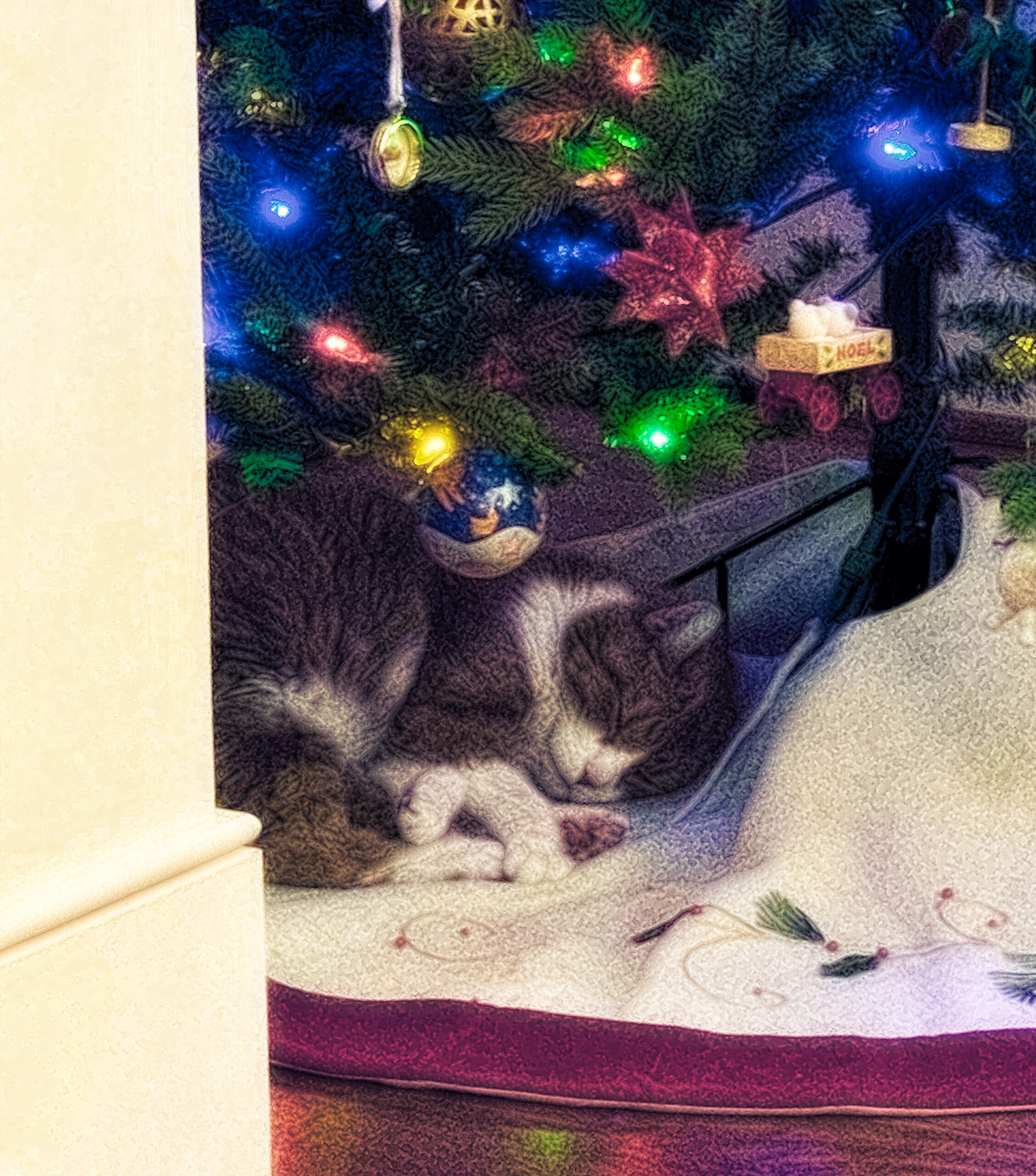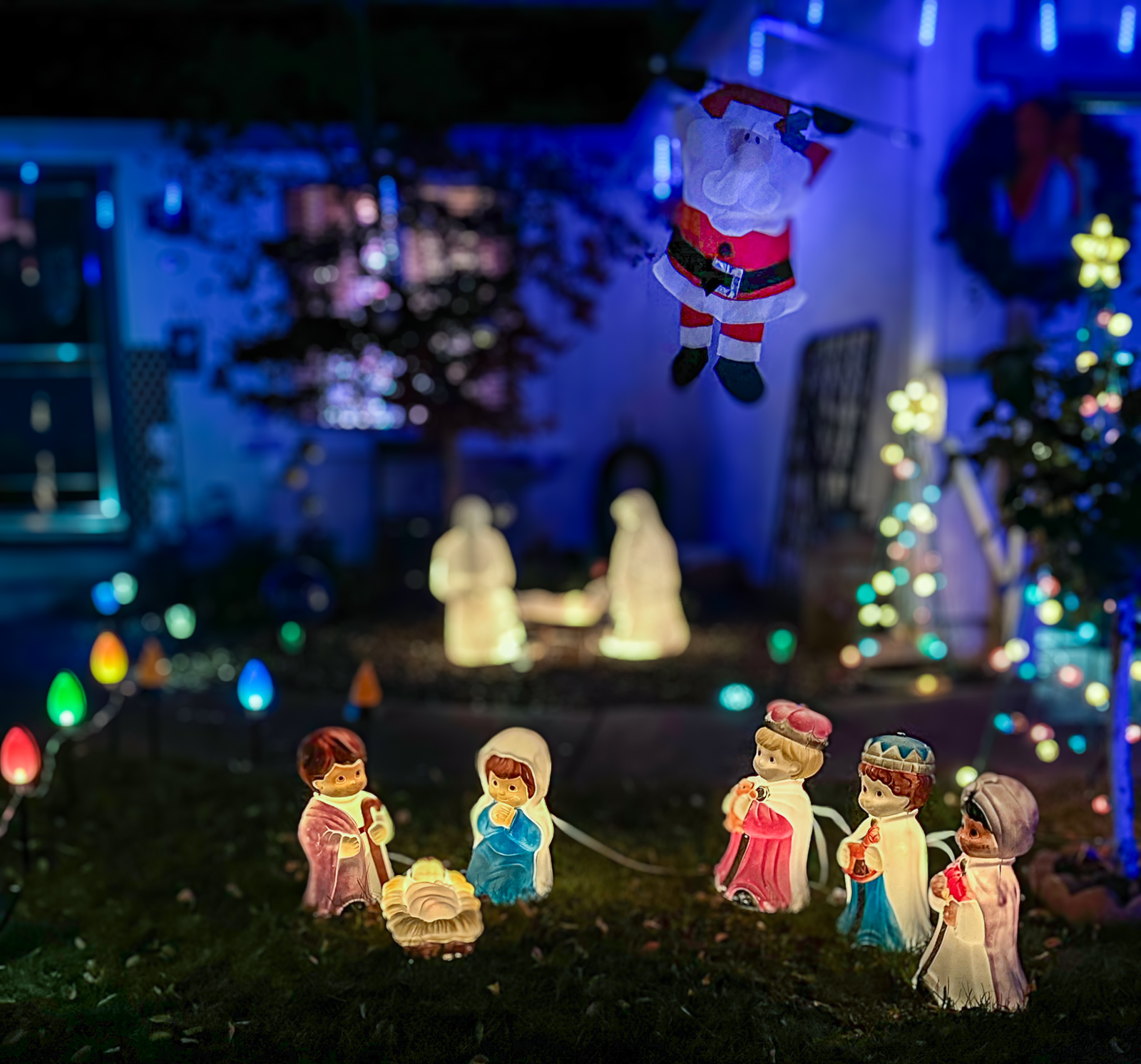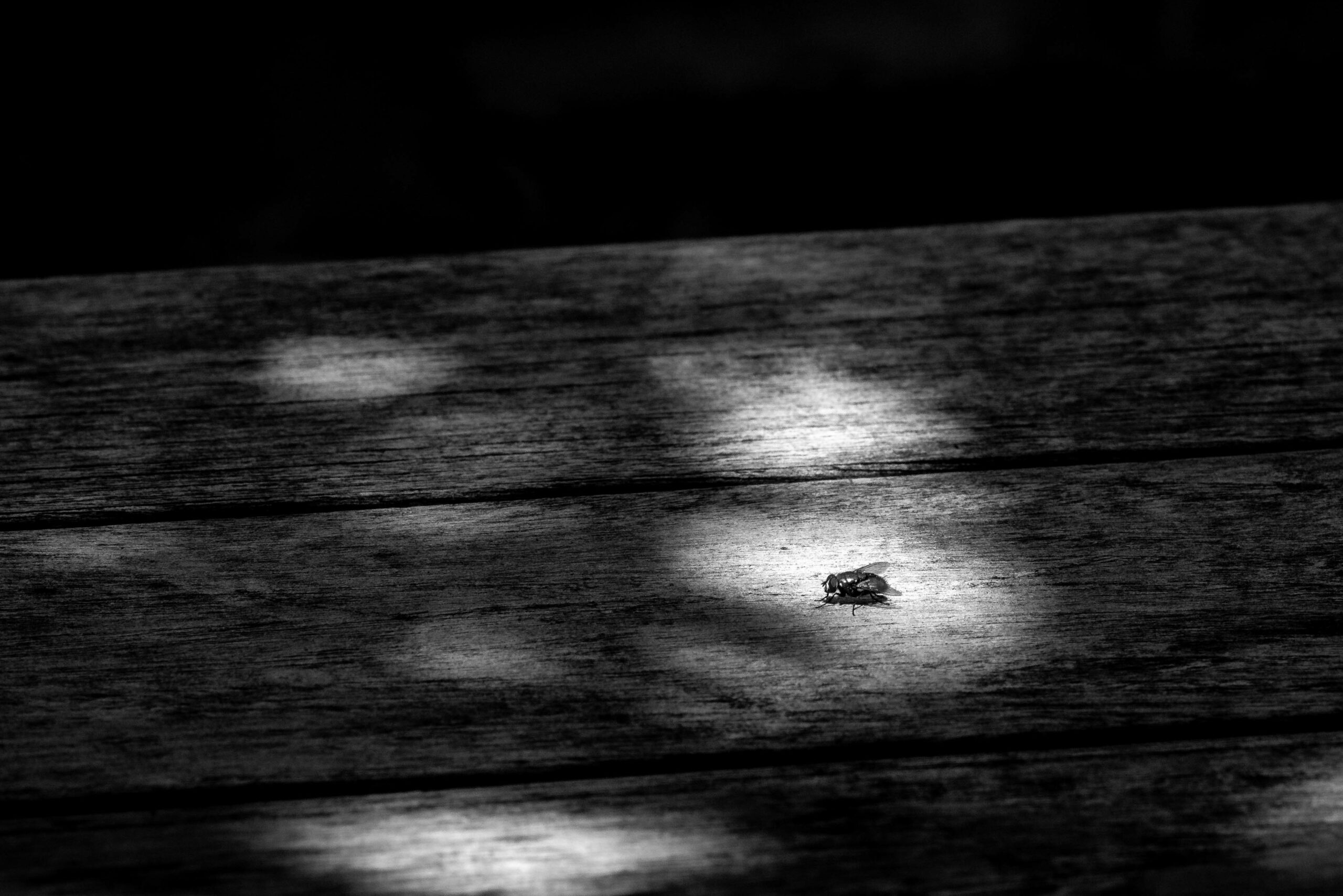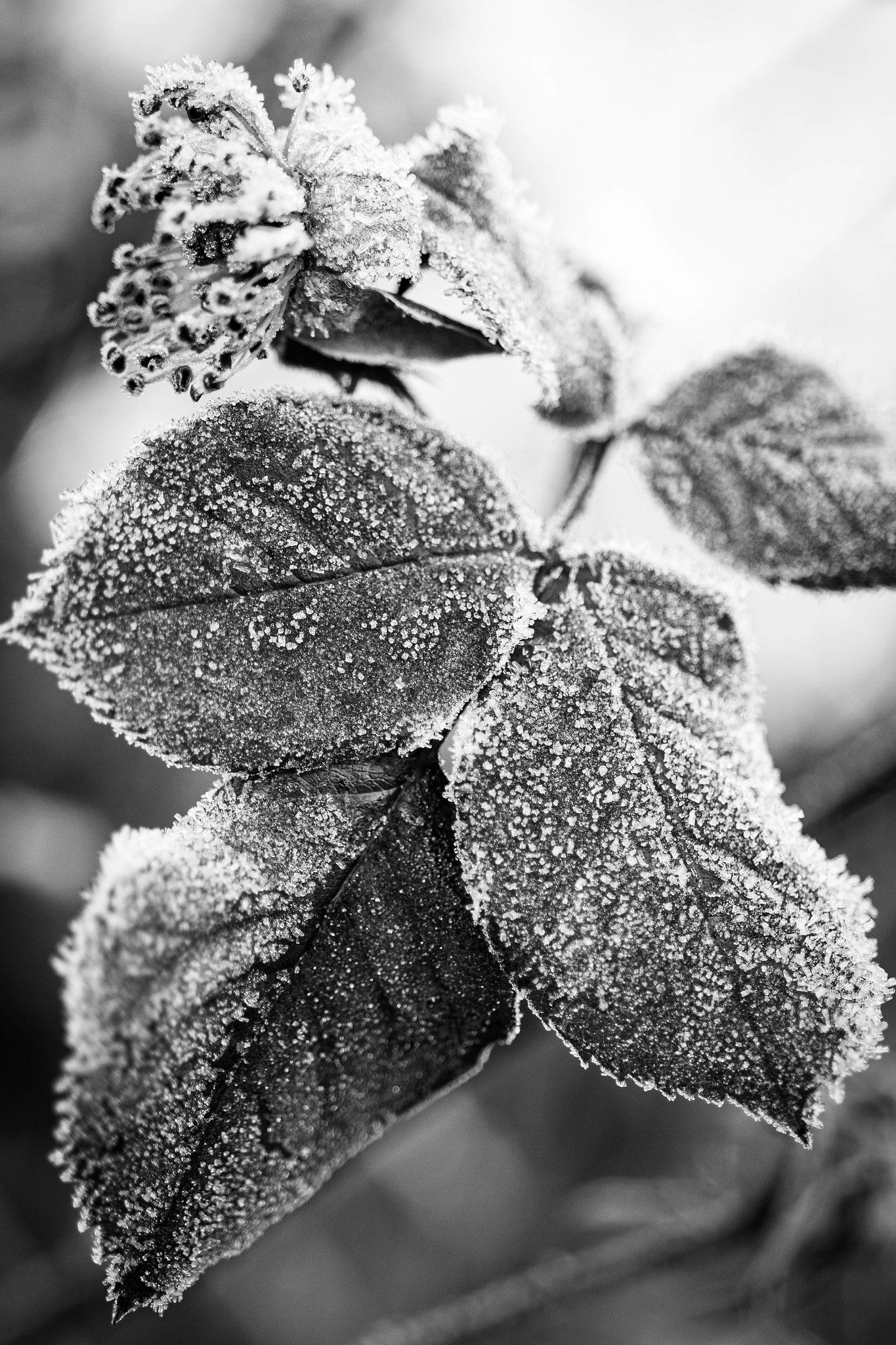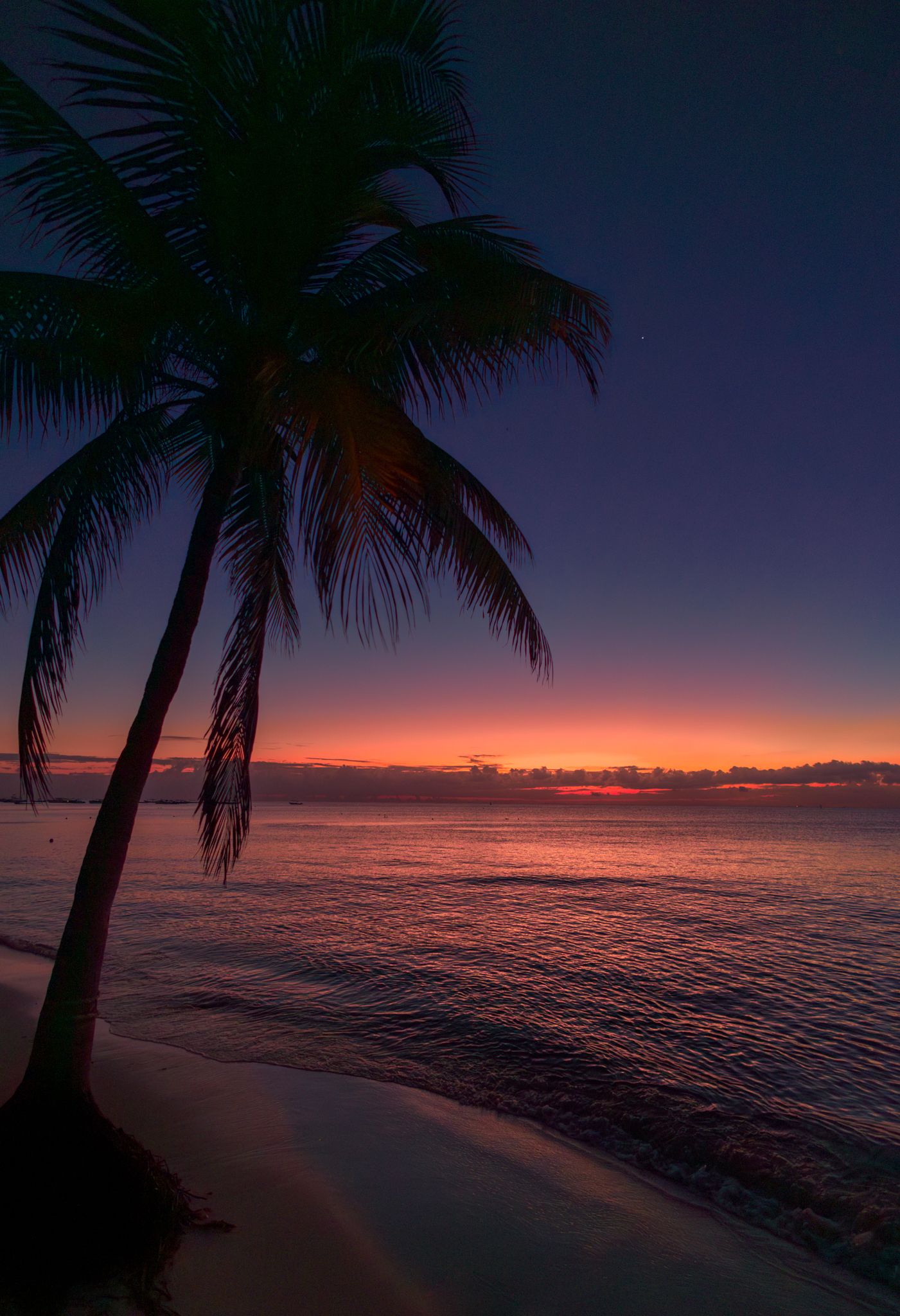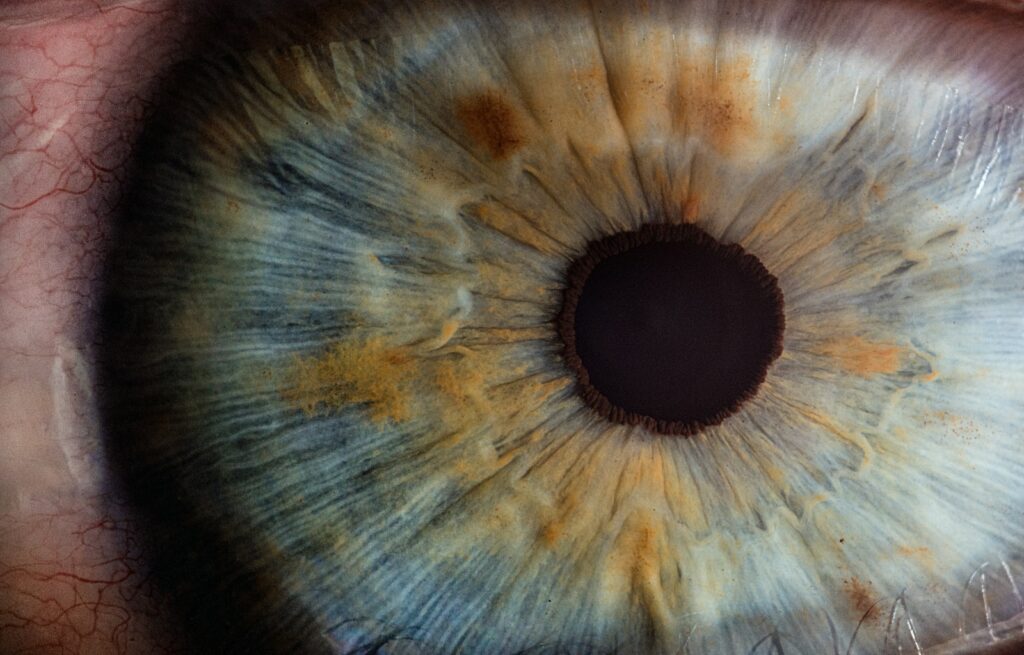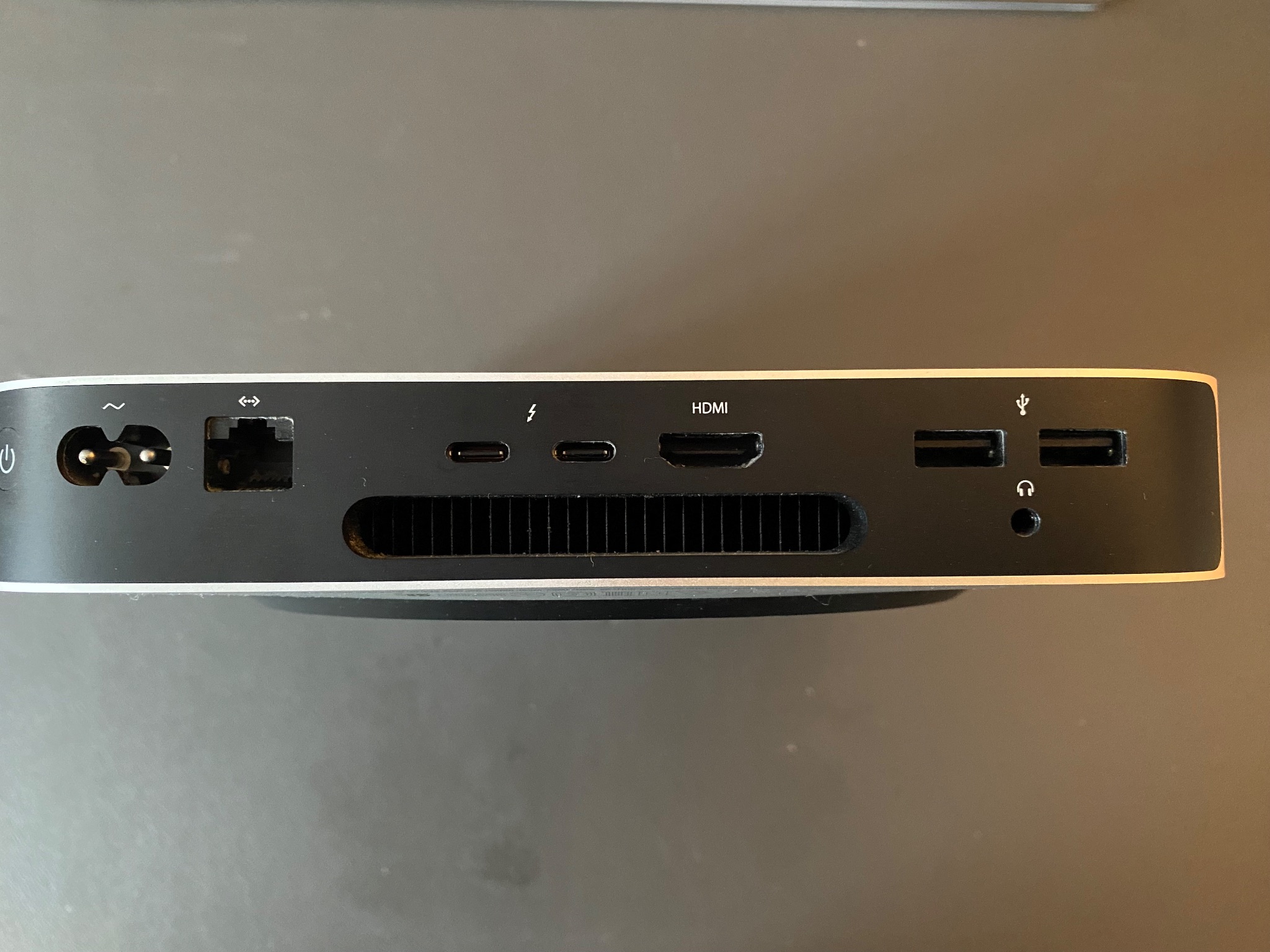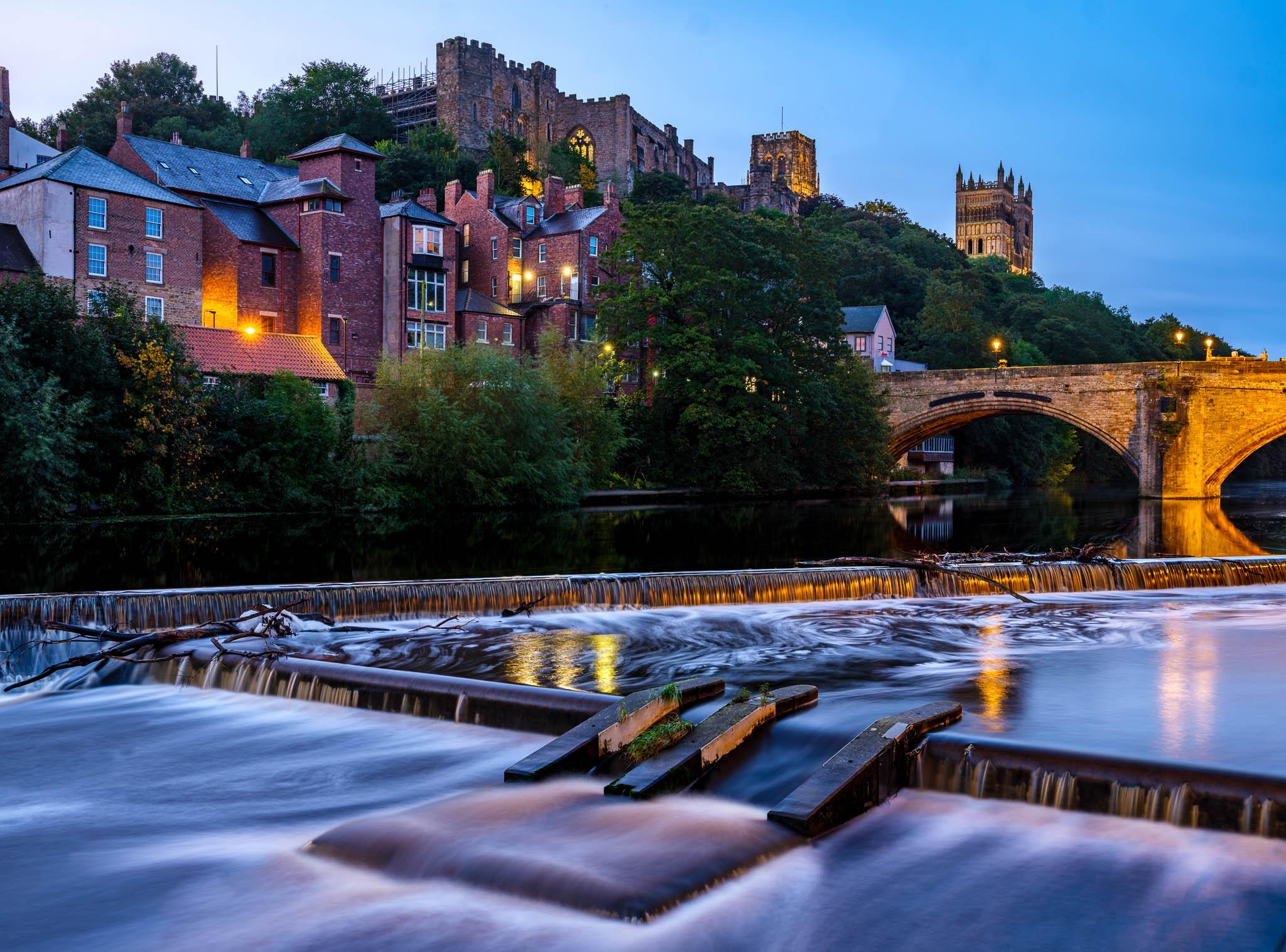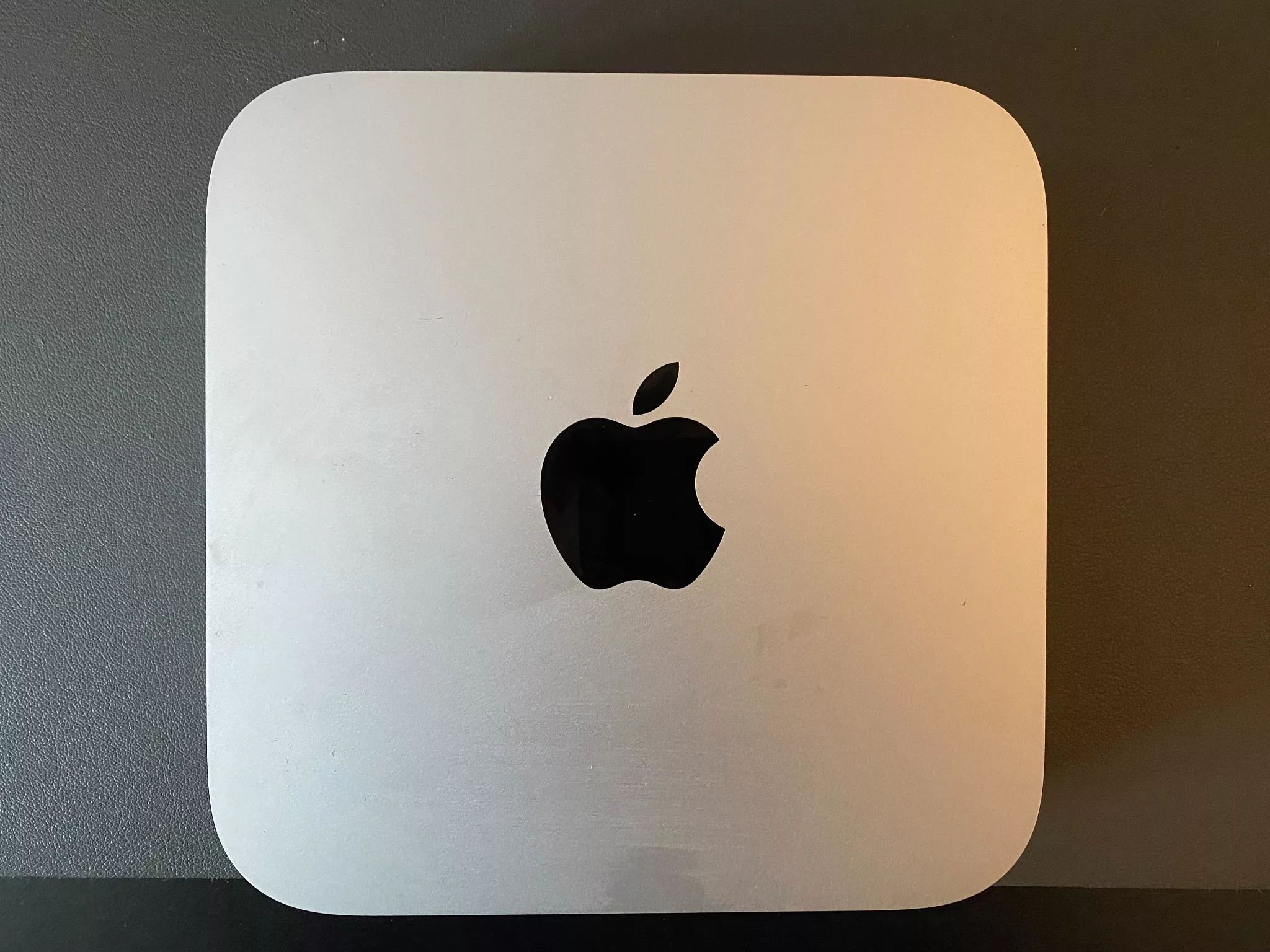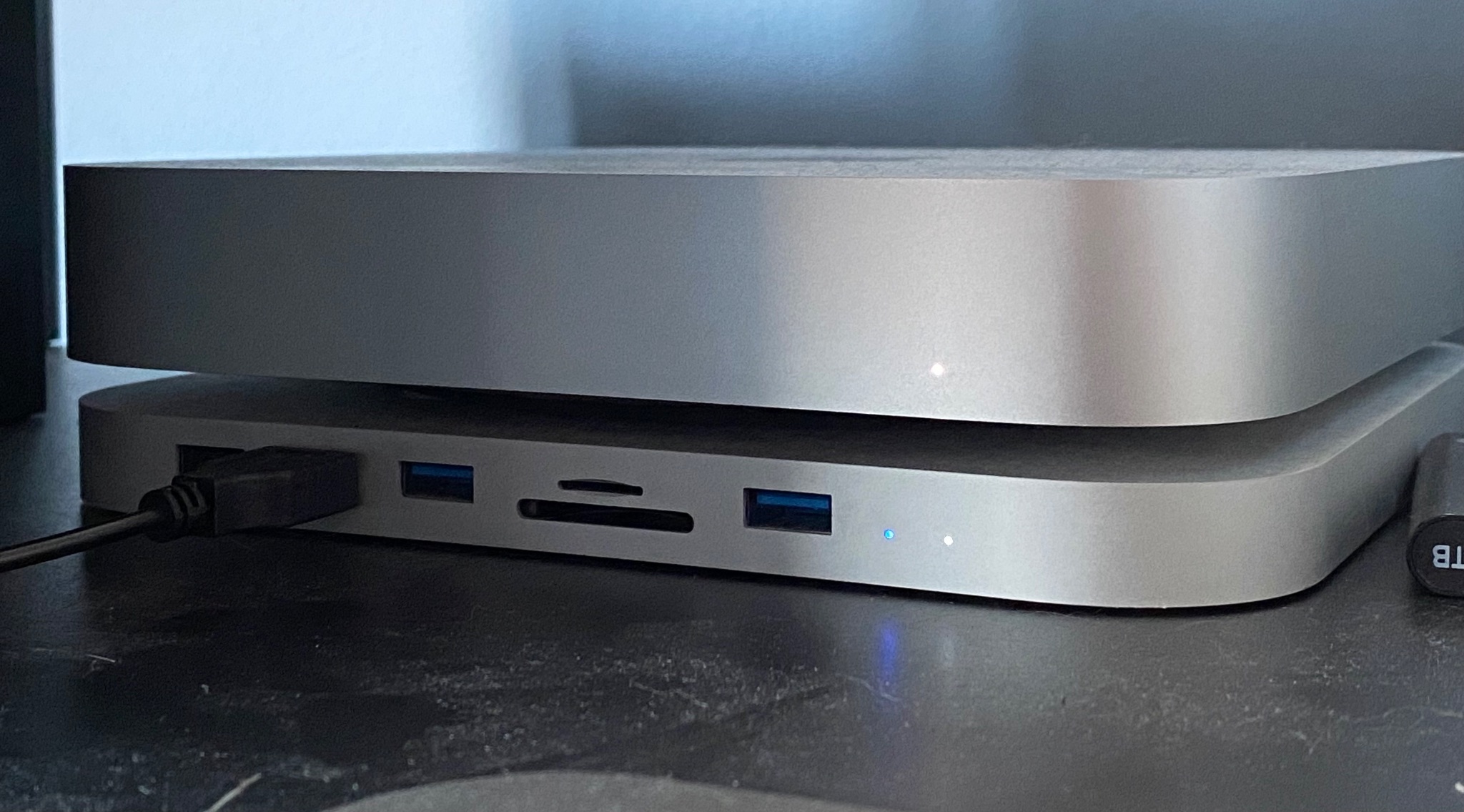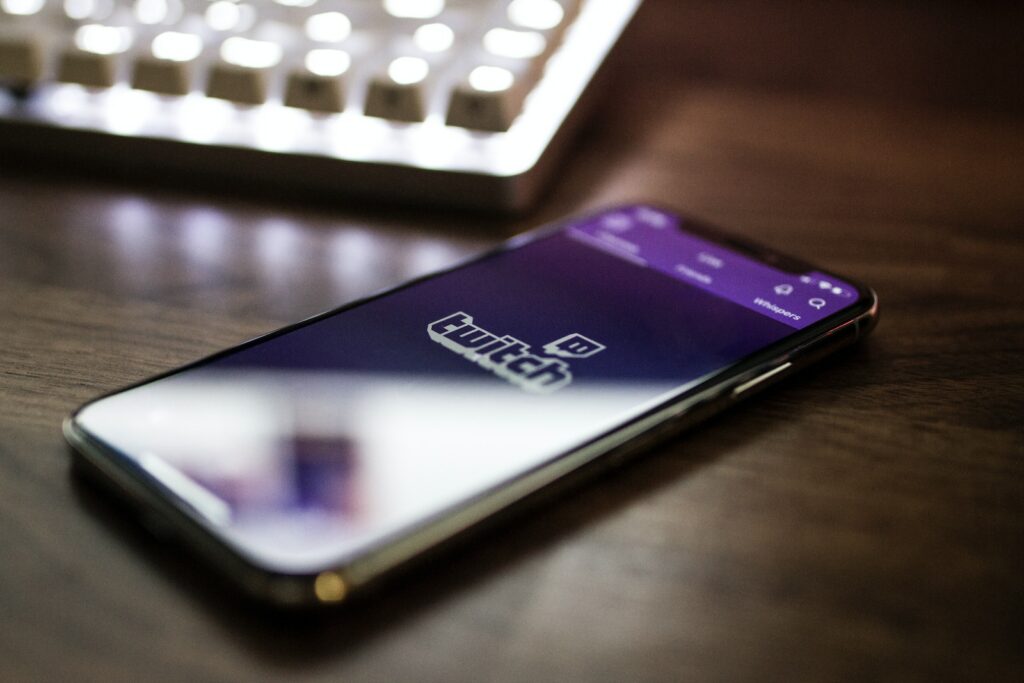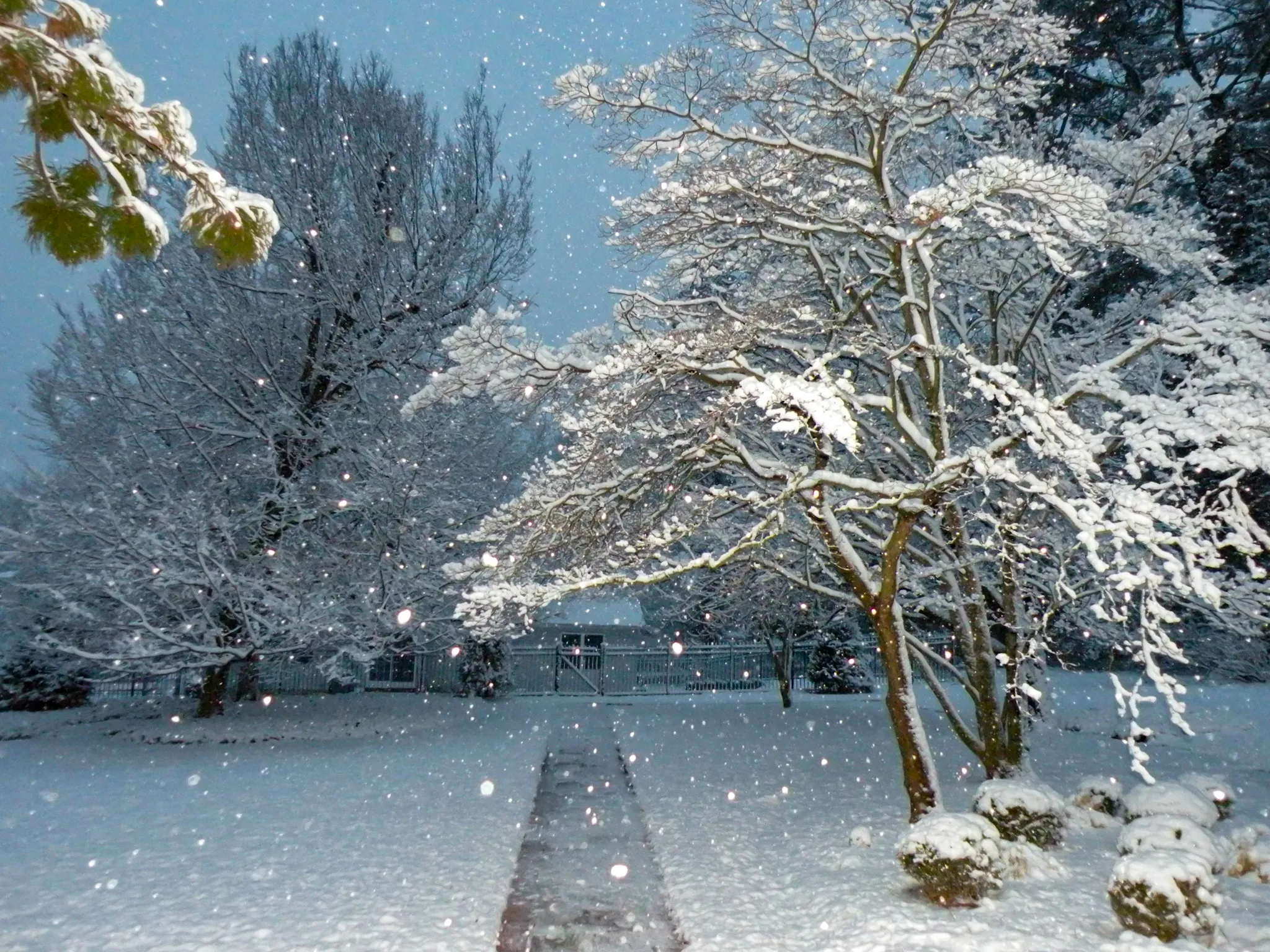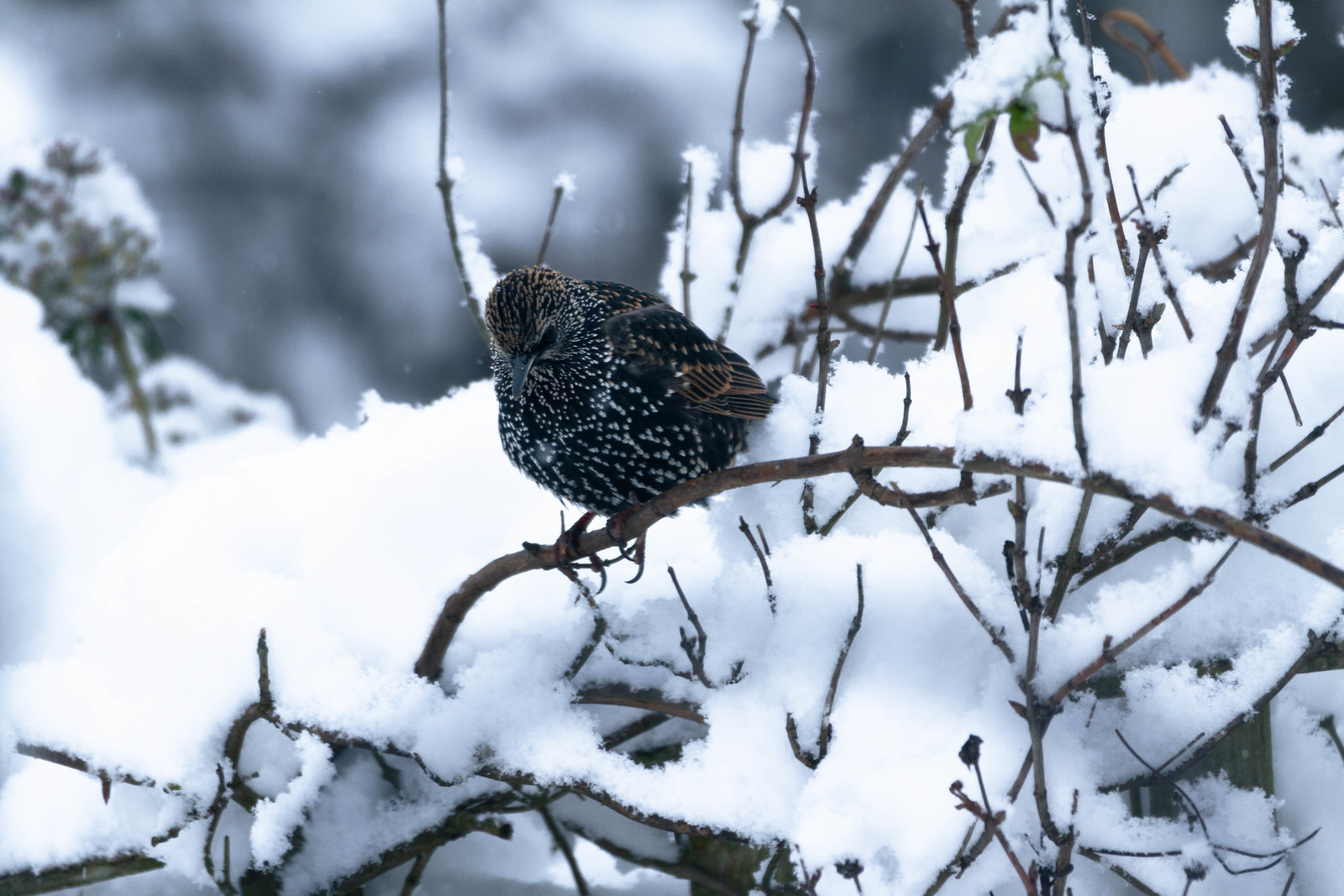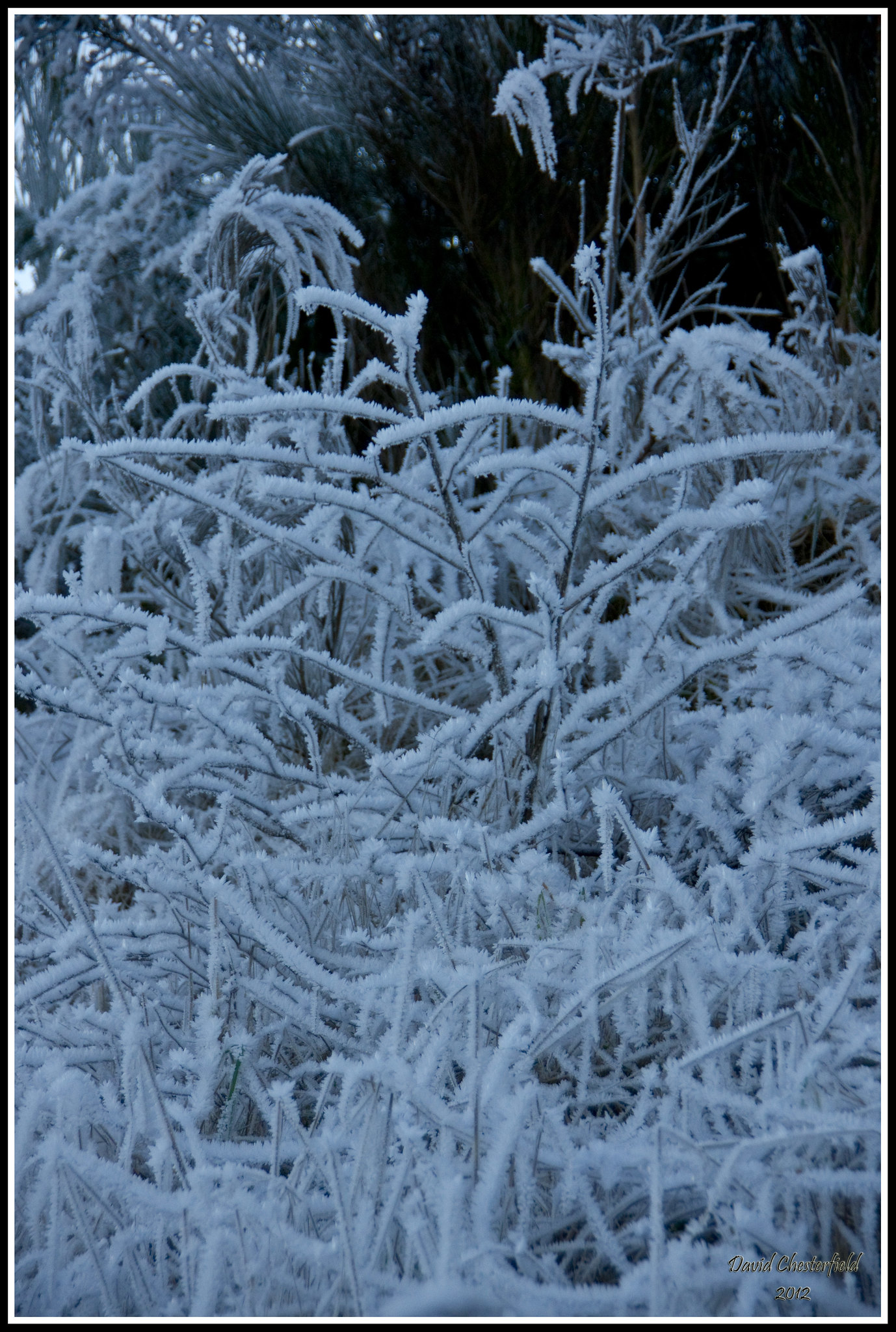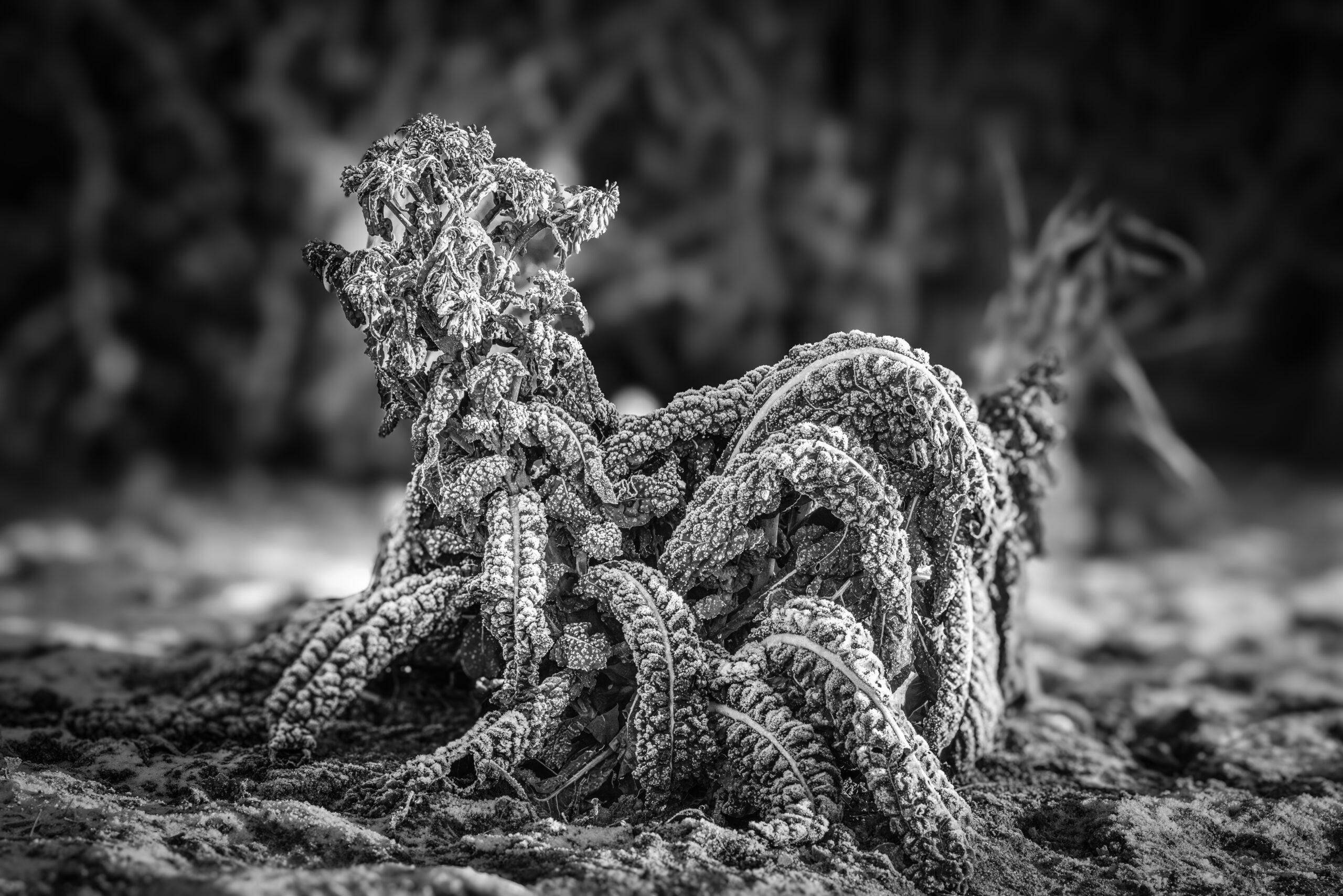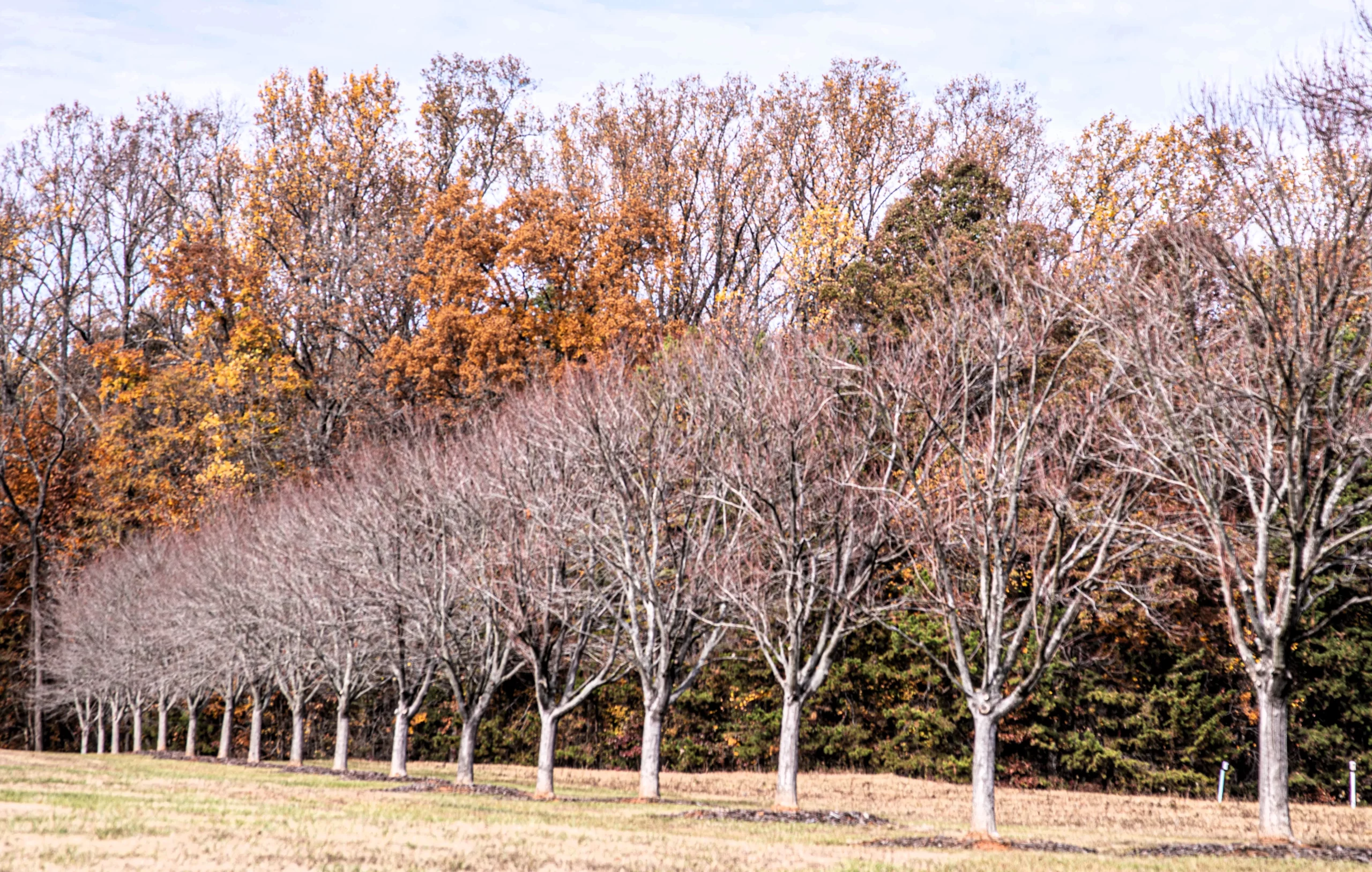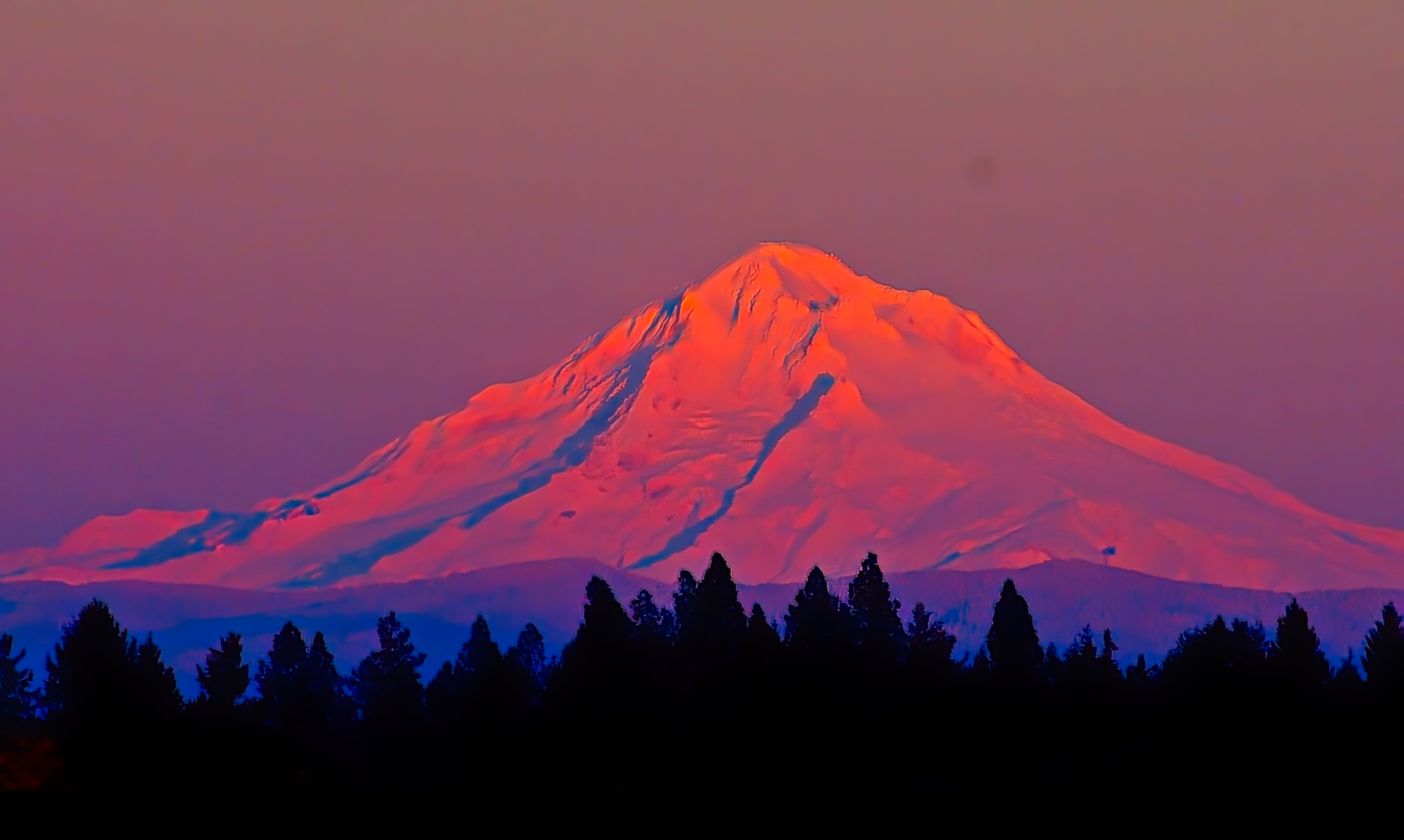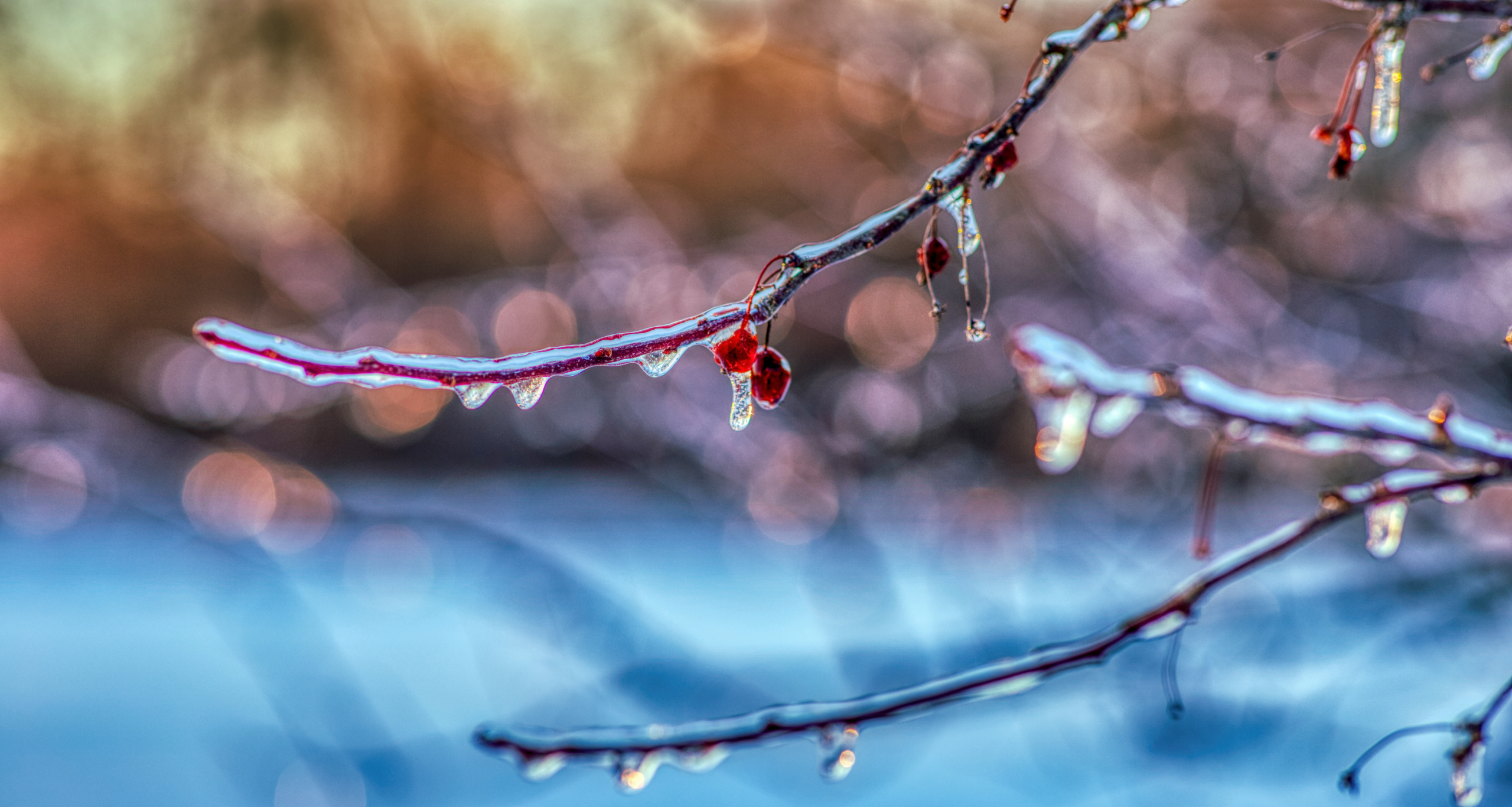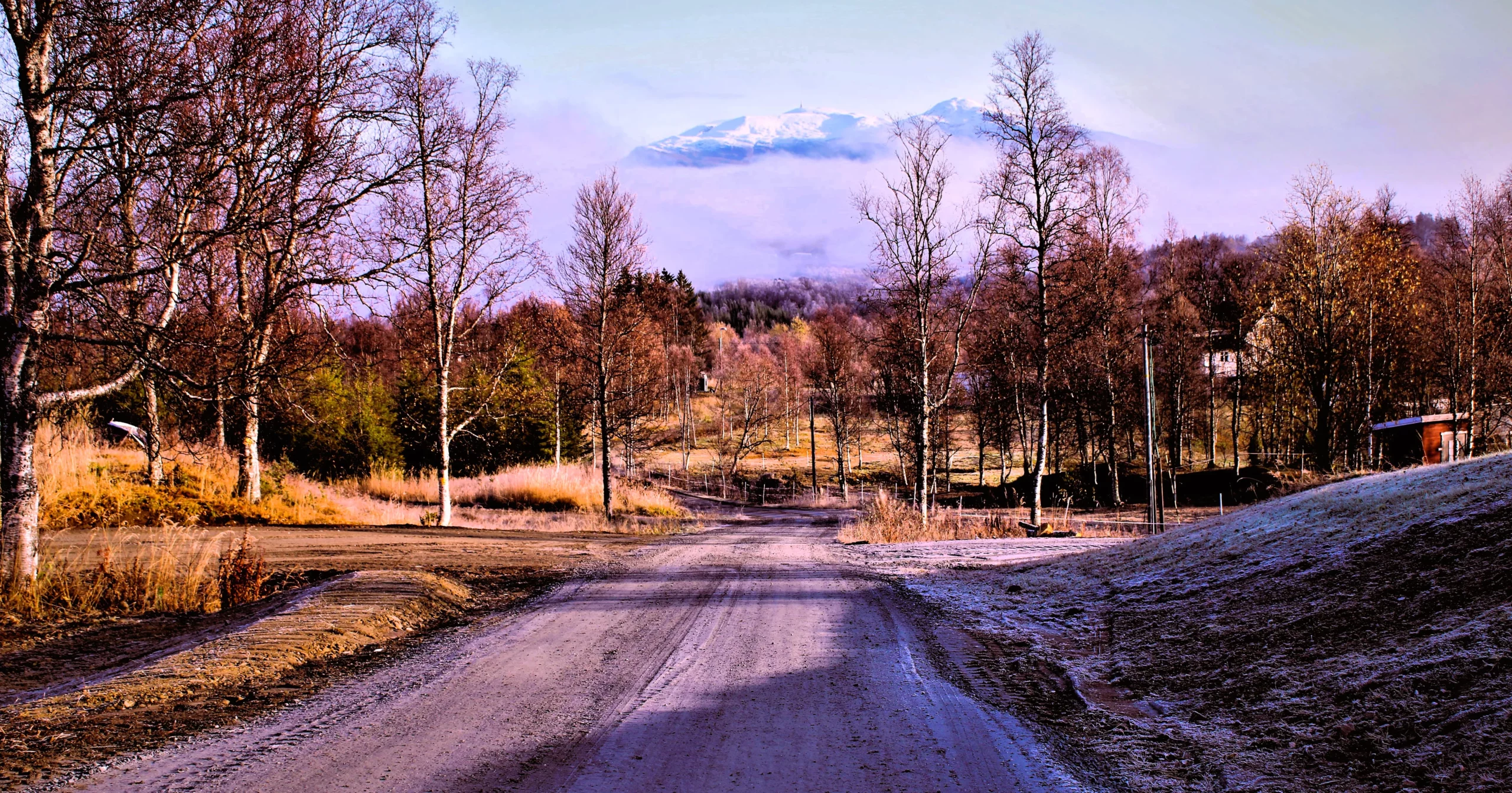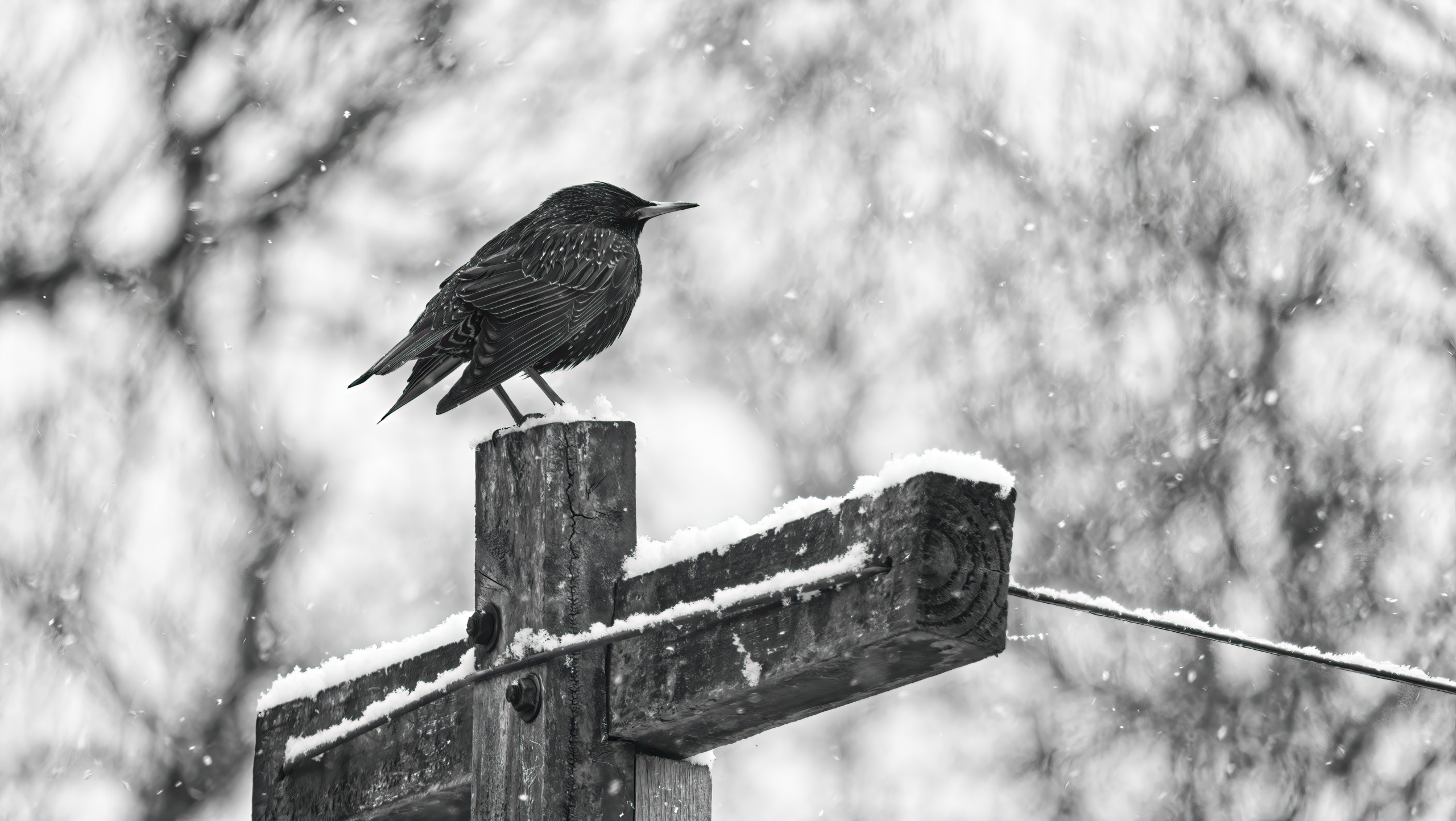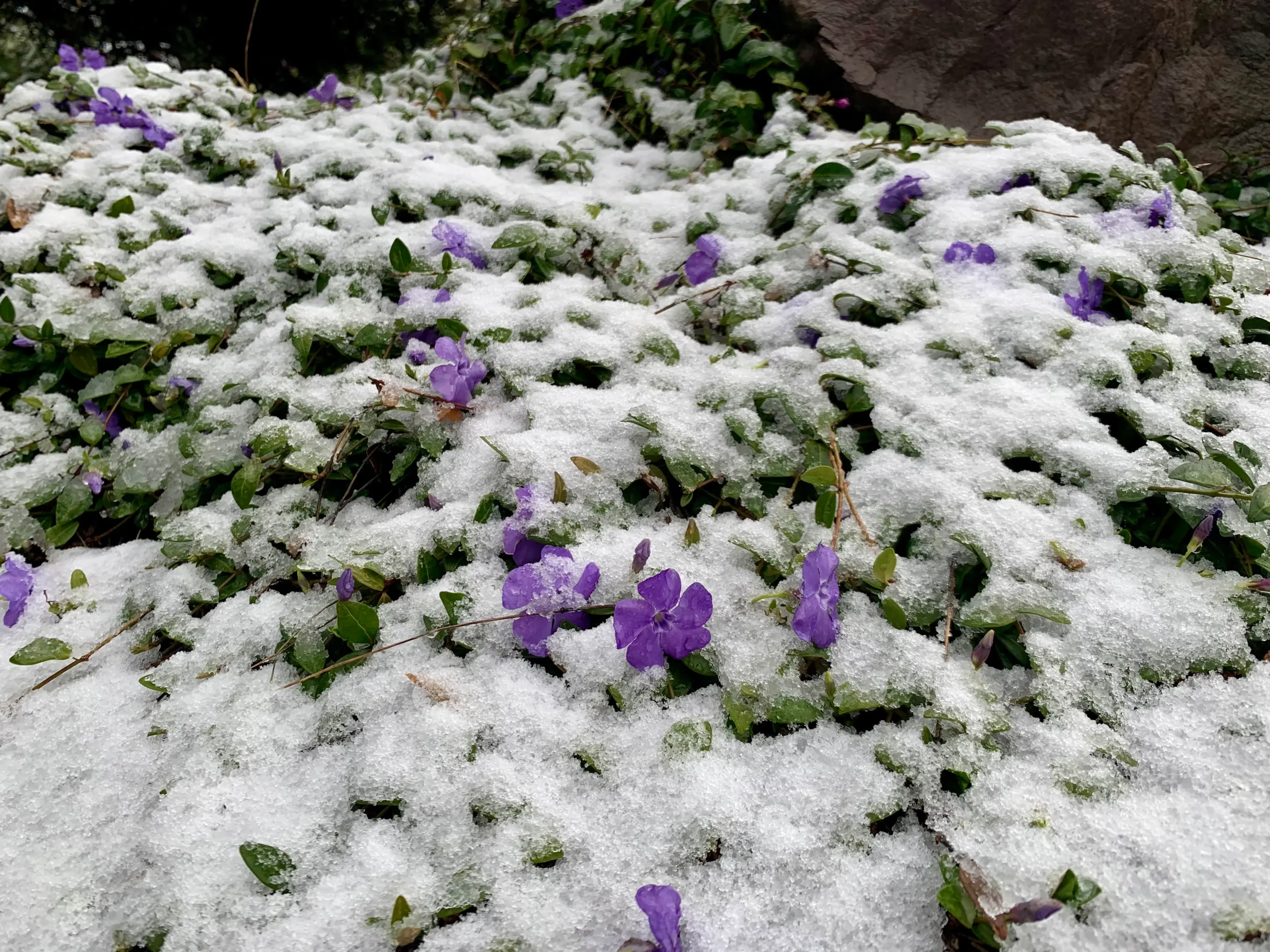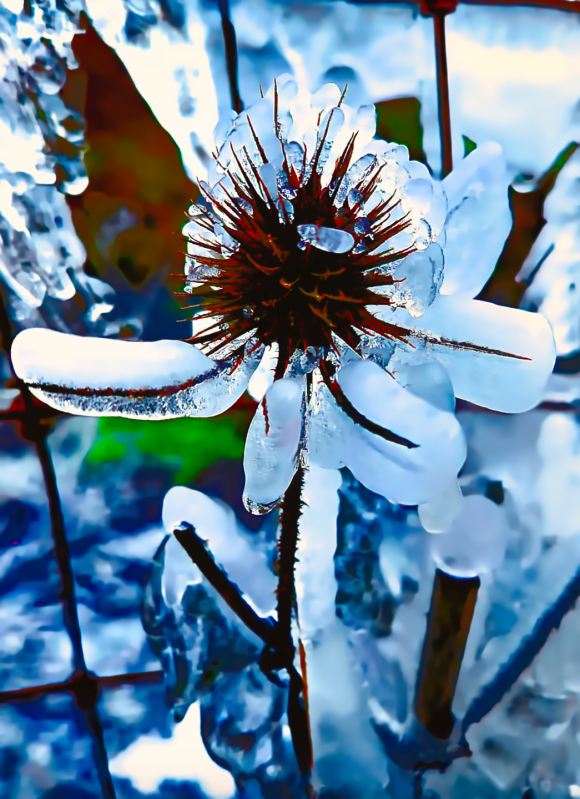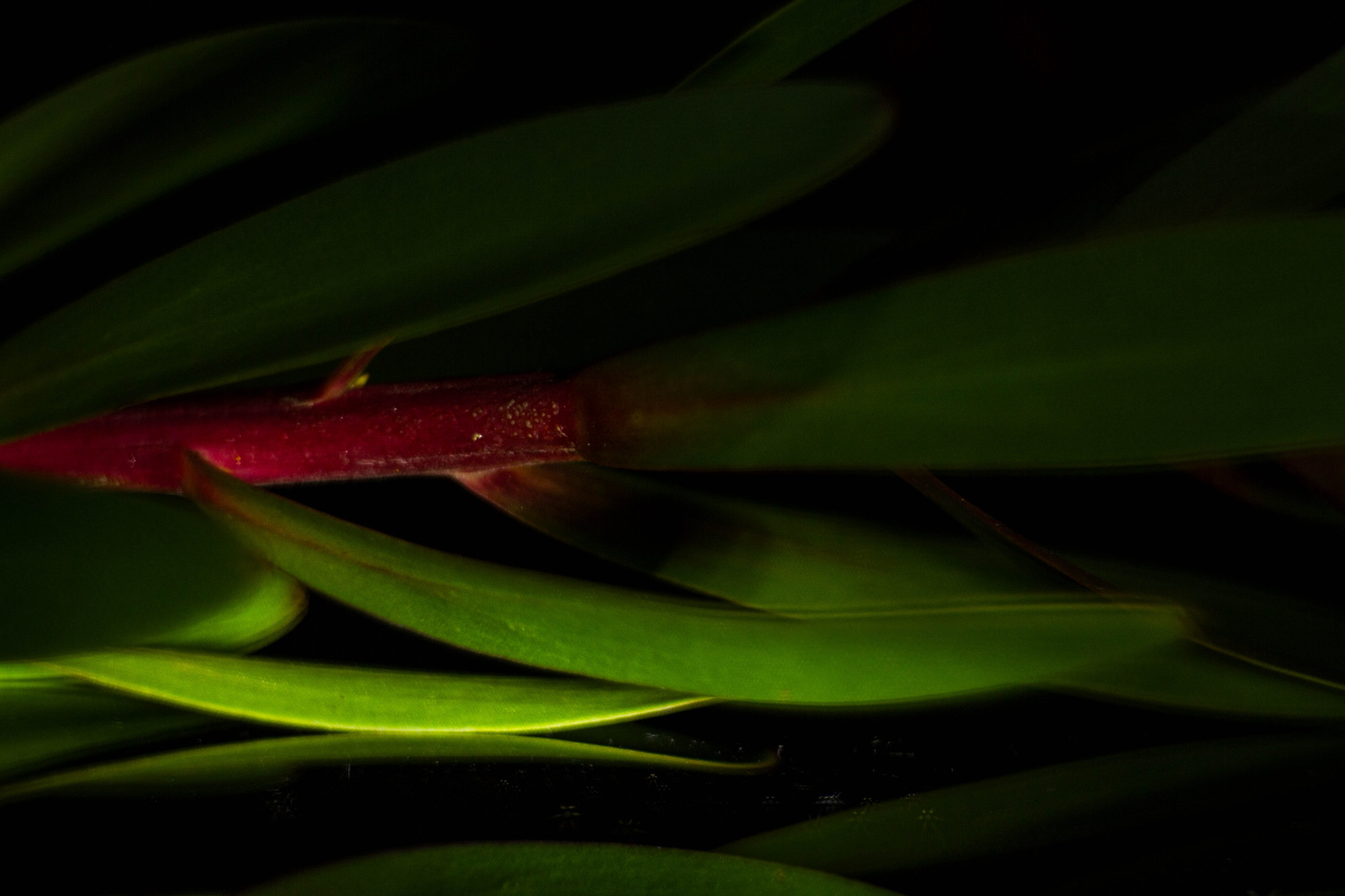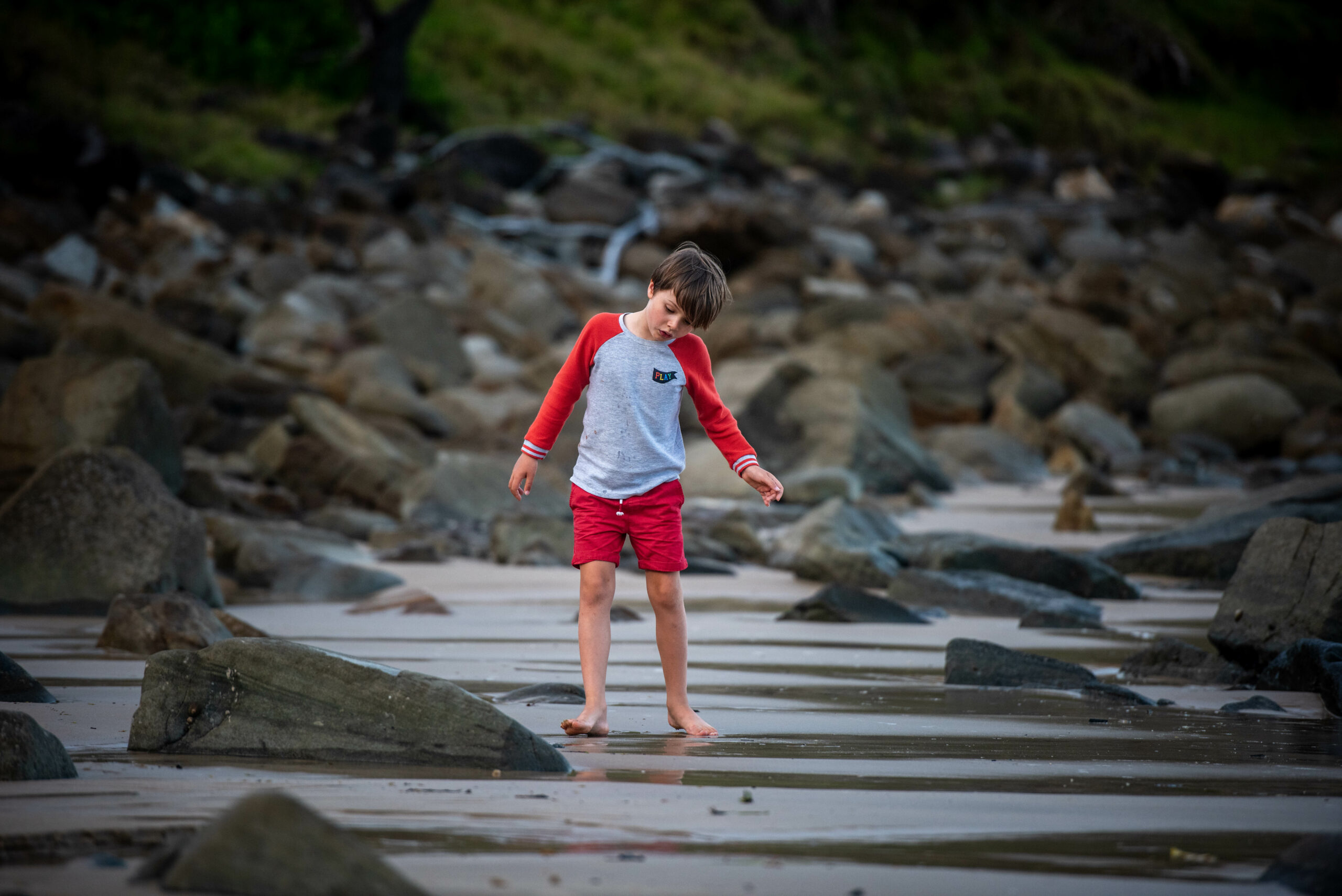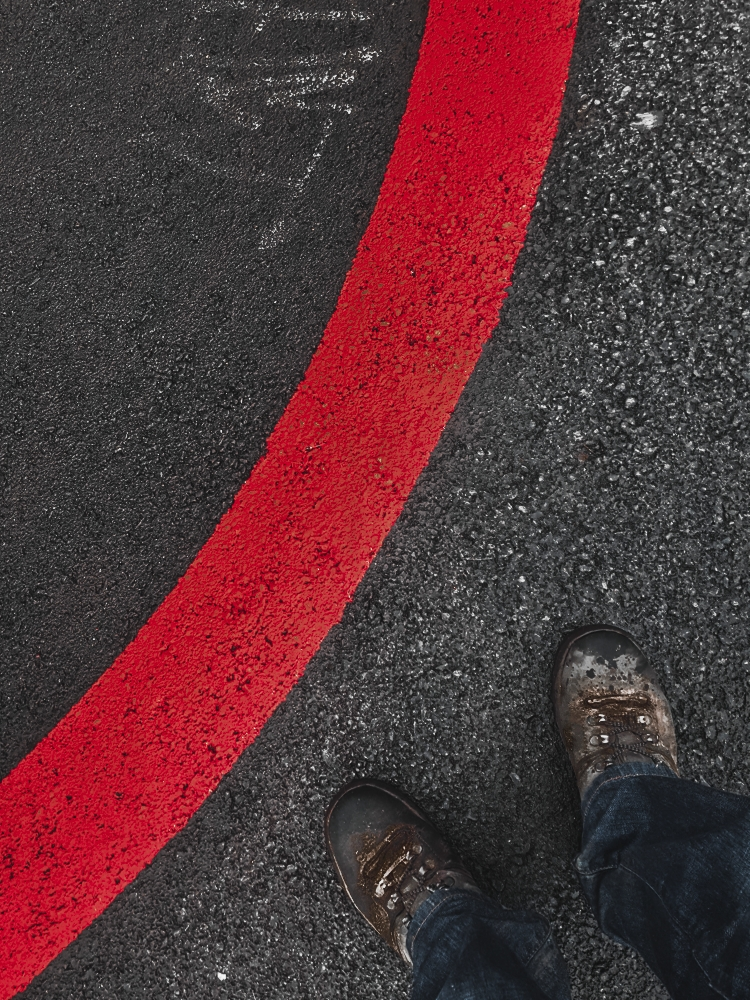What We Can Learn From Shooting Film Cameras
My first camera didn’t have a battery. Not a single solitary double-A. I could shoot all day without the need to go anywhere near a USB charger. Of course, that’s all day if I had enough film. Film that at best, would take 36 exposures, 38 if you were a risk taker. Film that cost money to buy, money to develop, and money to print.
Digital Photography Is Amazing, But…
Let’s be honest, modern digital photography is amazing. It’s not as cheap as we originally suspected at the turn of the millennium, but it has brought image-making to so many more people. We can get incredible images, straight out of camera, often with little consideration of the settings used. And that makes me a little sad.
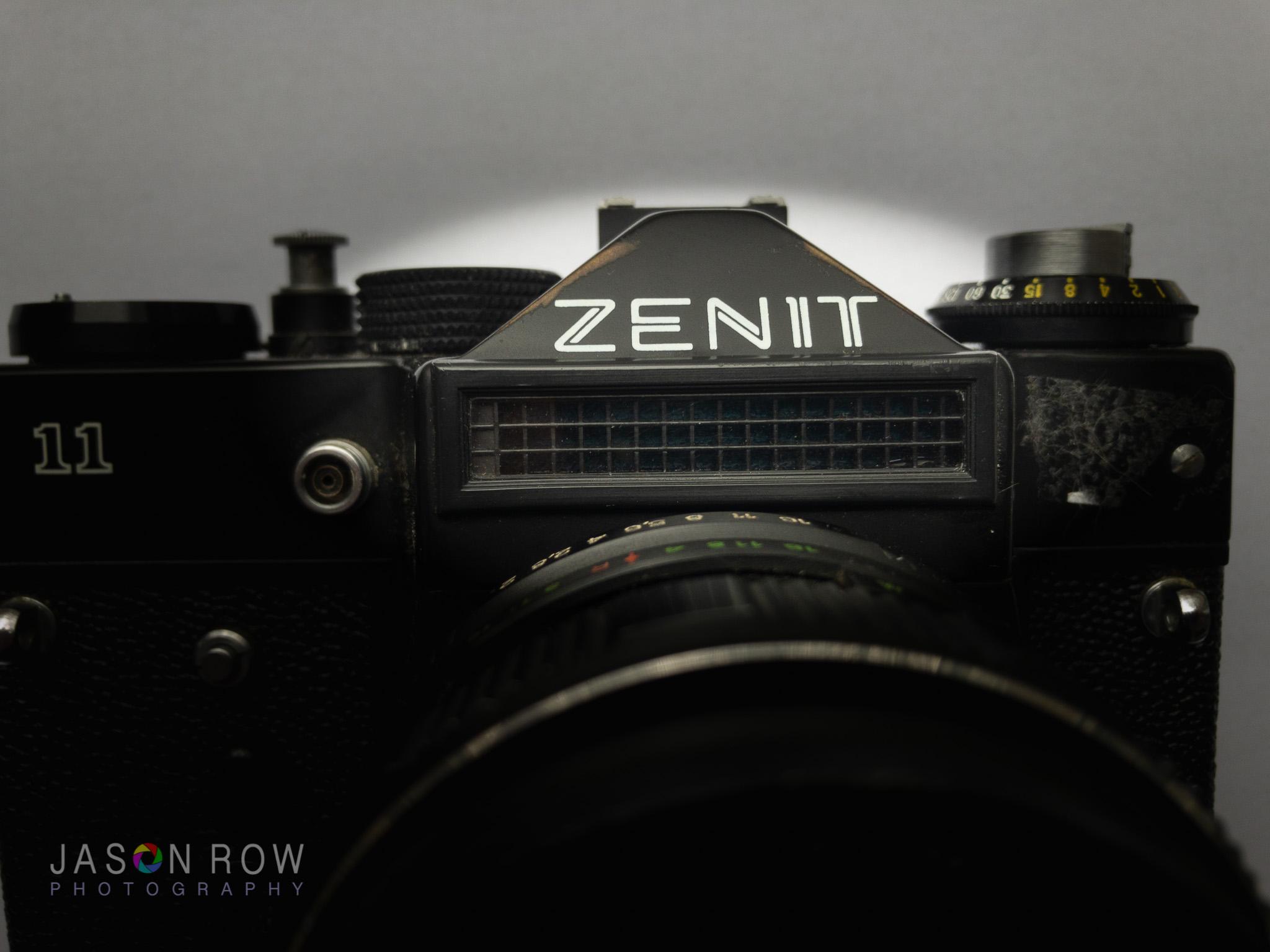
Digital photography’s Achilles heel is the very thing that makes it so appealing. It is instantaneous. However, to me, that can devalue it a little. We take more pictures but treasure less.
There are some elements in film photography that I think can be very useful to us in the modern digital era. Today, I would like to take a look at some of them.
“Film is what occurs on your teeth when you don't brush.” – Vincent Versace
Film Photography Gives Us Patience
I think patience is the thing we have lost the most in digital photography. That instant gratification of seeing an image on our LCD drives us to take more and more. That can only mean we are giving each individual shot, much less consideration.
With a film camera, you need to be patient. You have to carefully think about the shoot well before you actually go do it. Black and white or color? Low or high ISO? Slide or negative?
You could take all types of film to cover all bases, but film was and still is expensive. You would need to think about what you wanted to achieve from your shoot, buy the right film for it, and then work within the constraints of that film. That needed patience and forethought.
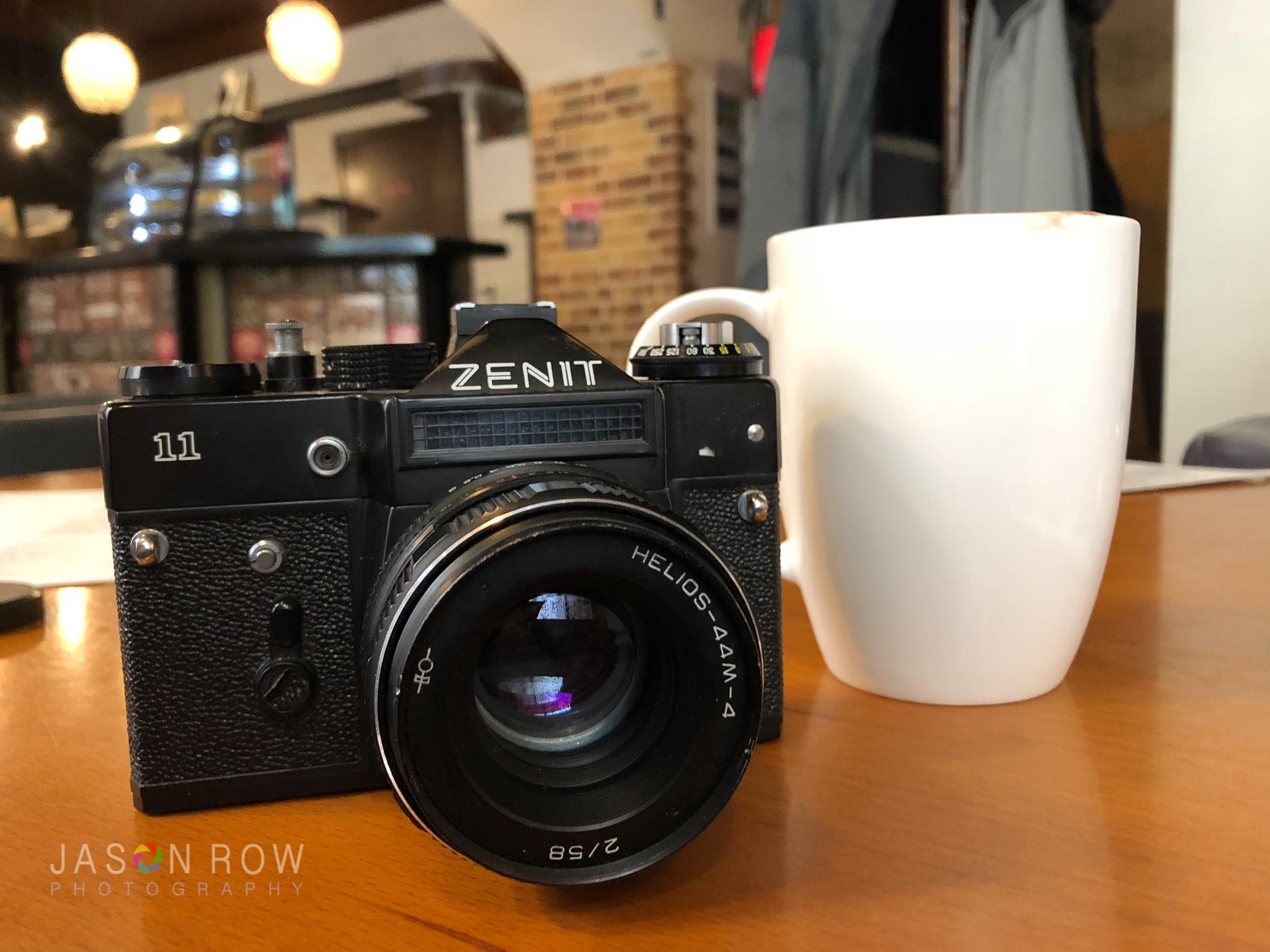
Once at a location, you needed to isolate the shots you wanted to get. There was no firing away to your heart's content, your film stock was limited and every shot needed to count. That slowed you down, made you think more, and in turn, allowed you to be more creative.
Understanding Exposure via Film Photography
Another thing we are missing from modern digital photography is a true understanding of exposure. Sure we might know that wider apertures give a more blurred background but exposure is much deeper than that.
Read: The 10 Best Film Cameras Worth Buying
Most film cameras from the 70’s onwards had some form of exposure meter. Even my first camera, a Zenit 11 (the one with no batteries), had a rudimentary selenium cell light meter. However, they were not always accurate and you did not have the benefit of LCD screens and histograms. You really needed to know and understand the way metering worked.
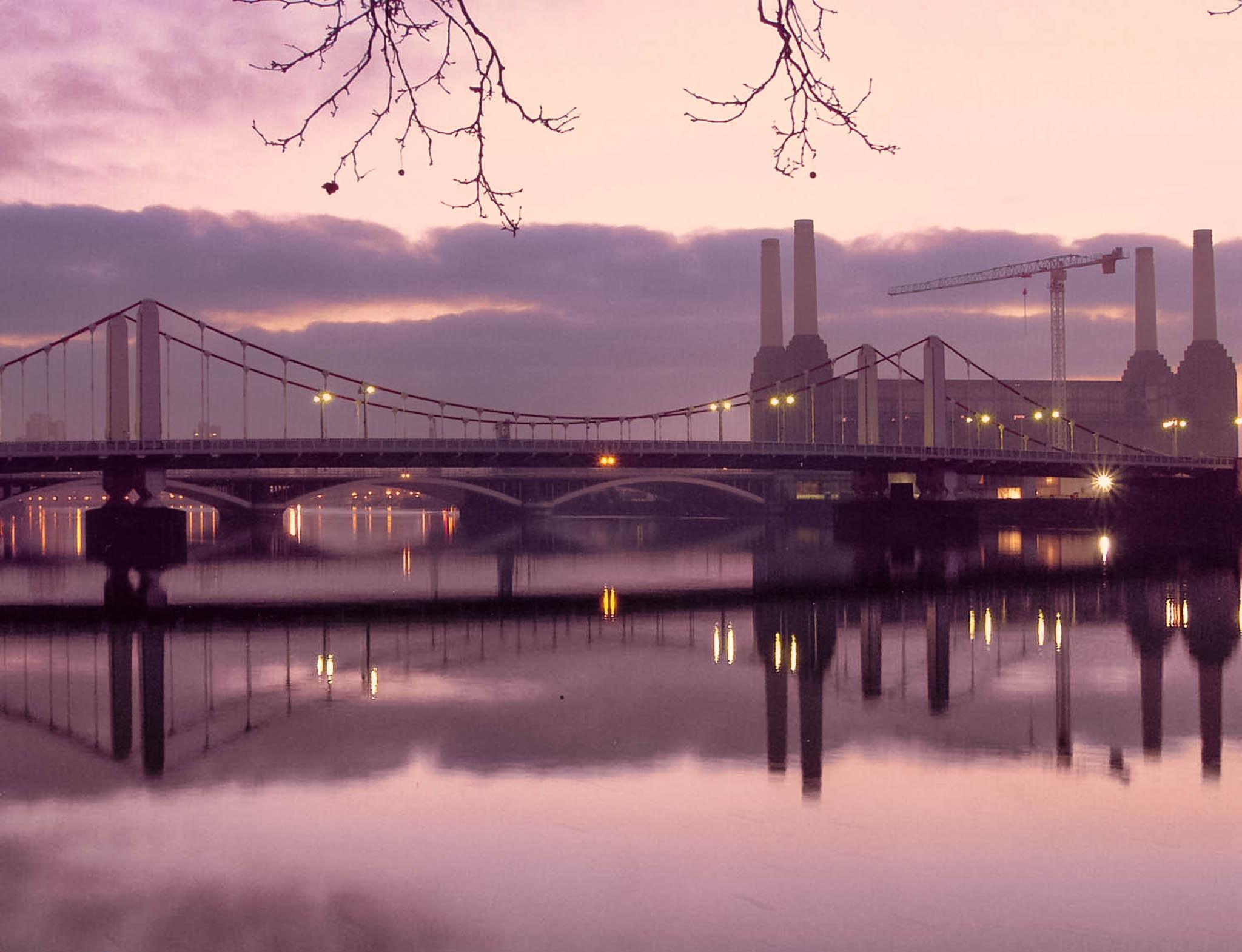
A classic example of this might be shooting birds or aircraft in flight. With a digital camera, we point the camera at the subject and shoot. We notice it’s a bit dark so we open the aperture a little. But do we really know why that image came out dark in the first instance?
In film photography, you had to know that your light meter would be exposing for the whole scene. In this case, the whole scene contained a lot of bright sky and the meter would consider that and stop down further than you would want.
Is that relevant to digital photography?
I think so, yes. Whilst we can adjust based on histograms and LCDs, what if you wanted to get a shot very quickly. Perhaps a rare bird is passing fast overhead. With a good knowledge of exposure you would instantly dial in 1-1/12 stops of exposure compensation. Without it, you would end up with a single underexposed image. That's just one example of where understanding exposure can help us nail a single shot. There are many more.
Understanding Value through Shooting Film
I alluded to this earlier but film photography gives image-making a value. Every shot you take has a base cost. It’s quite easy to work out. Add the cost of the film to the cost of developing and printing and divide by the number of exposures on the roll. I think you might be surprised at how much each image costs.
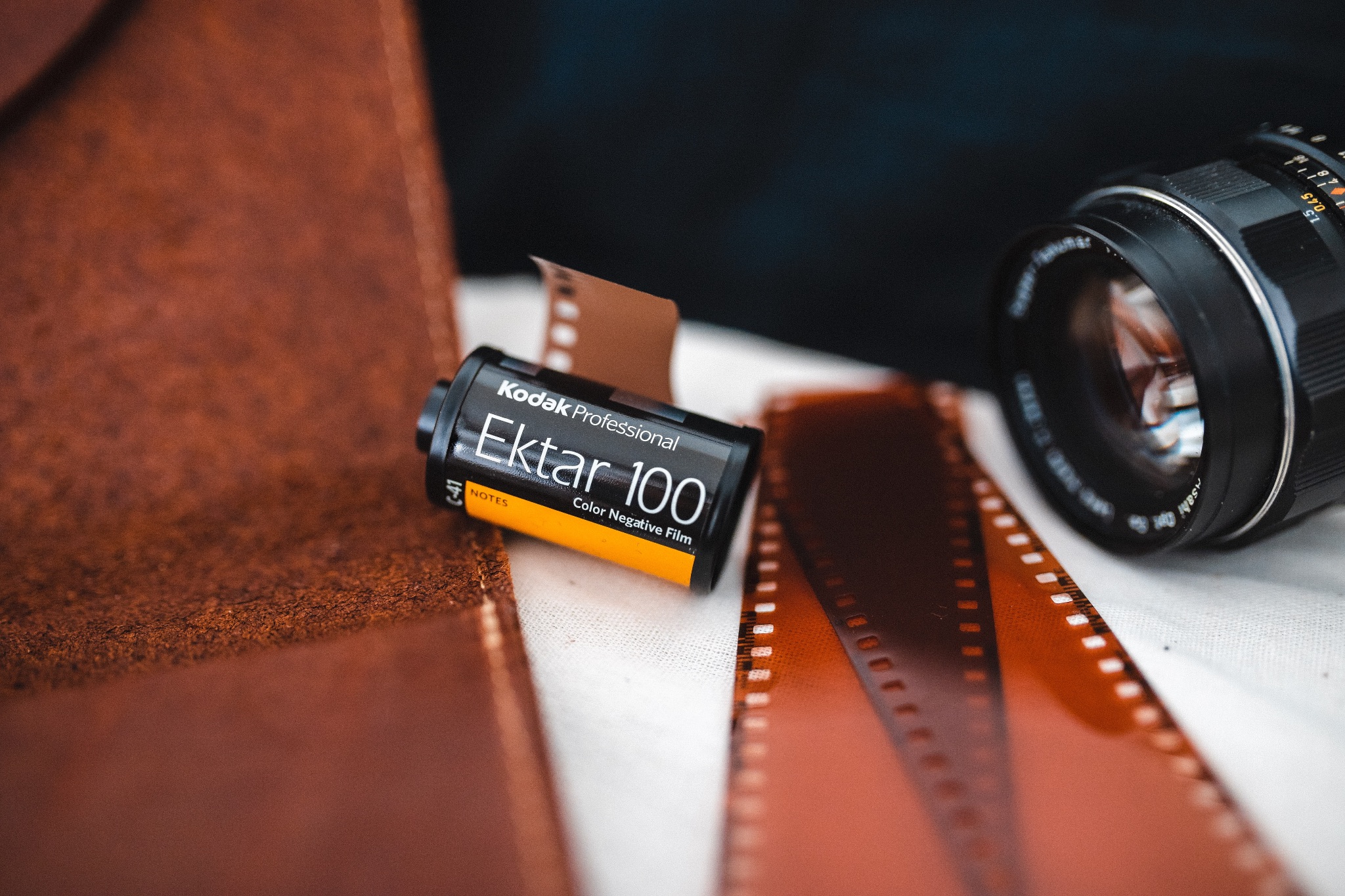
When each image has a value, you try your hardest to make that image work. You will think carefully about the exposure. You will make sure the focus is nailed and most importantly you will continuously refine your composition until you are ready to take the shot. The end result is a beautifully exposed sharp and creative image.
From that, you will get immense satisfaction.
You Don’t Have To Buy A Film Camera
All this sounds great but you are not going to go out and buy a film camera just for this. Luckily you don’t have to. You can apply all of the above to your current digital camera just as easily.
For patience, you can spend time planning your shoot. You can think like a film photographer and work as if you are using film. Limit yourself to one or two “rolls of film” Set a single ISO and work to that and perhaps even shoot JPEG in a specific film simulation mode.
All of this will improve your photography.
For exposure, you can simulate film photography, simply by switching off the LCD and not reviewing your images. Learn to read what the meter is telling you and you will begin to understand in which types of conditions the meter can be fooled. Instinctively understanding exposure is a very valuable skill to have as a photographer.
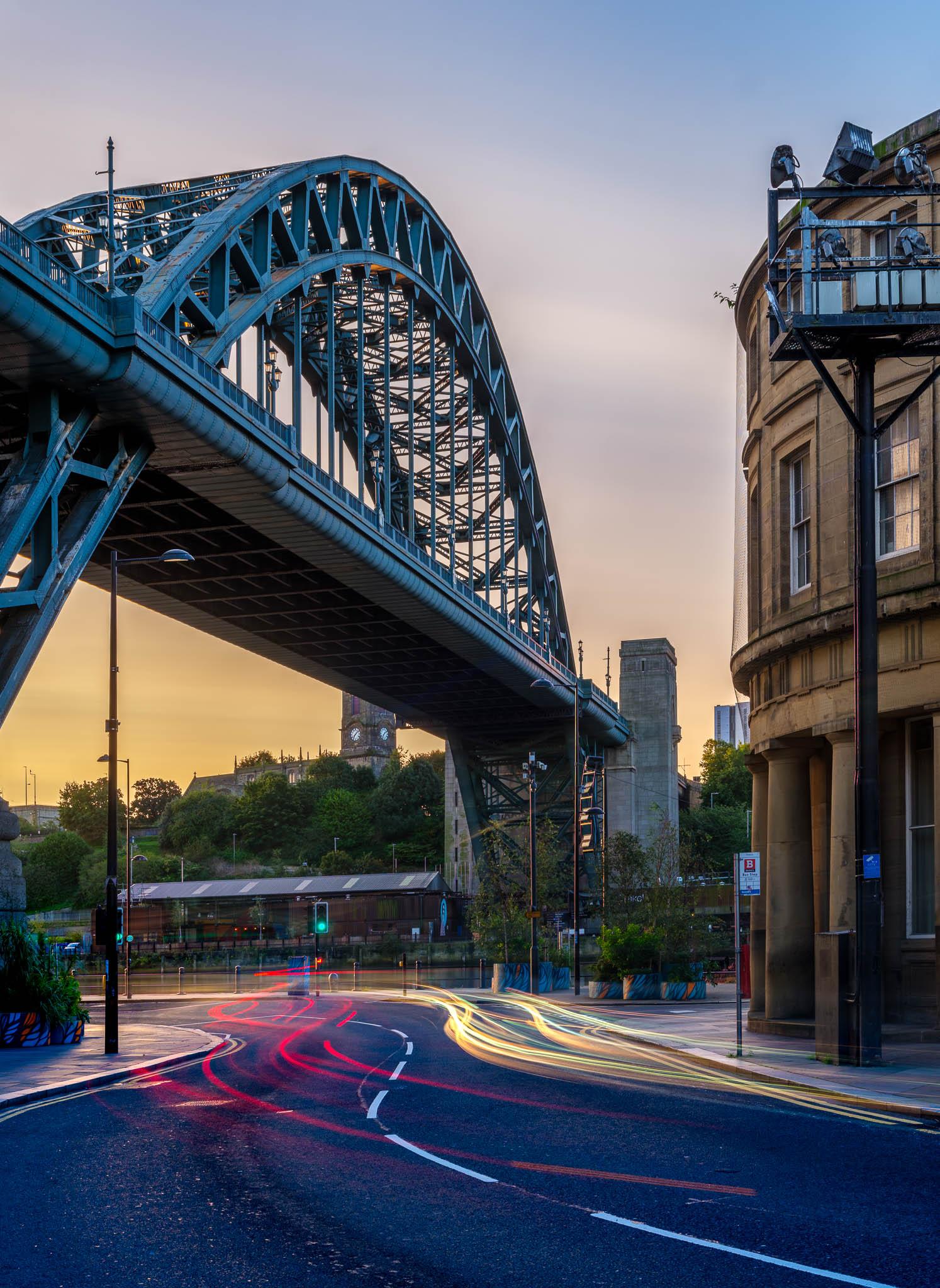
Lastly, to give your images value, simply make every shot count. Take your time, analyze the composition, move around, improve the perspective, try different lenses and when you are 100% happy with the view, take the shot.
Film photography is not for everyone. However, what film photography does bring us is a set of skills that are slowly being lost in digital photography. Some might say, so what? Well, despite the amazing advances in photography, those skills are the ones that will set you apart as a great photographer. They are skills that elevate not just the technical aspects of your photography but also the creative.
You don’t need a film camera to learn or improve these skills. Simply applying a film mindset to your modern photography will reap great rewards.
Light Stalking https://ift.tt/jfZYMOB
Sourced by Time Trap Photography sharing the best photography tips, news and tricks throughout the industry. Time Trap Photography is dedicated to freezing those special moments in life that can be revisited and admired for generations to come. - Shannon Bourque
Please visit our main site for booking availability and rates.

Receive valuable industry knowledge delivered free to your email each day.




